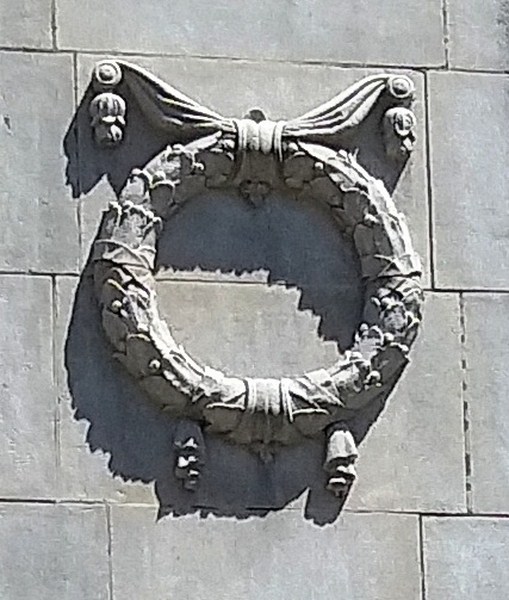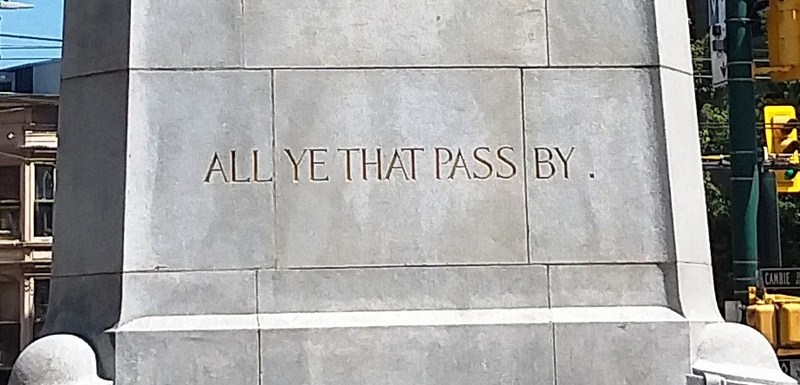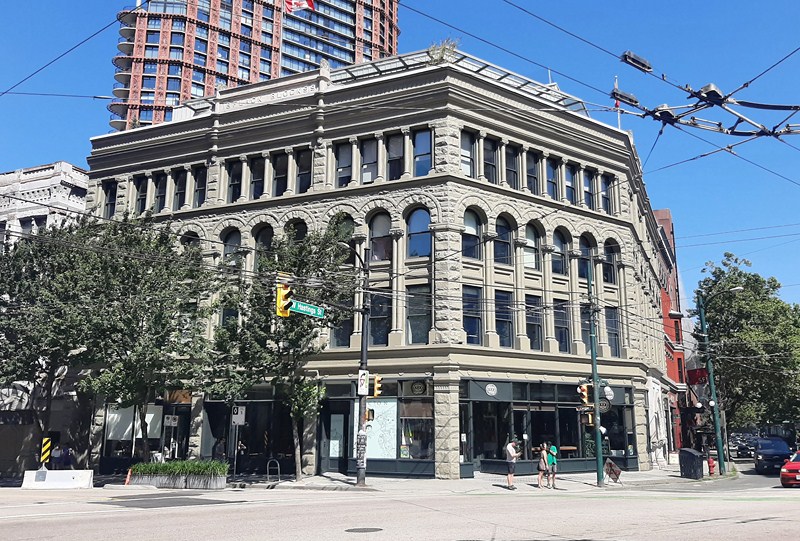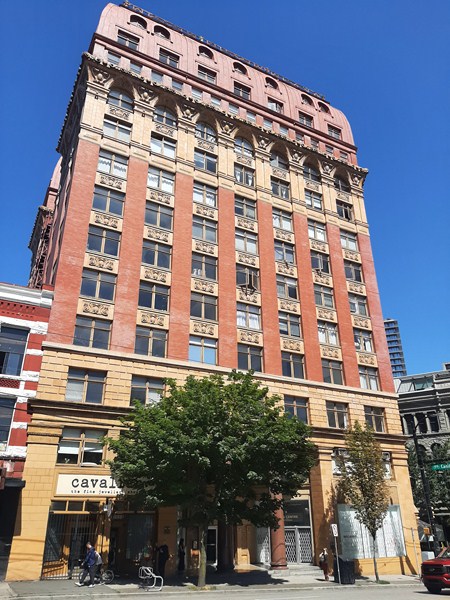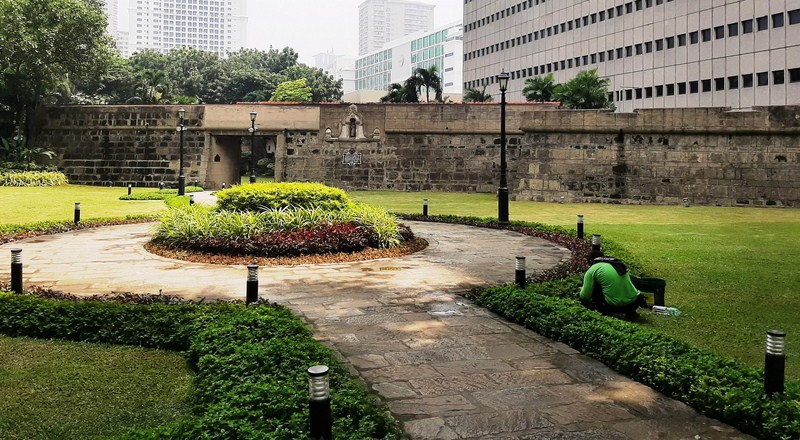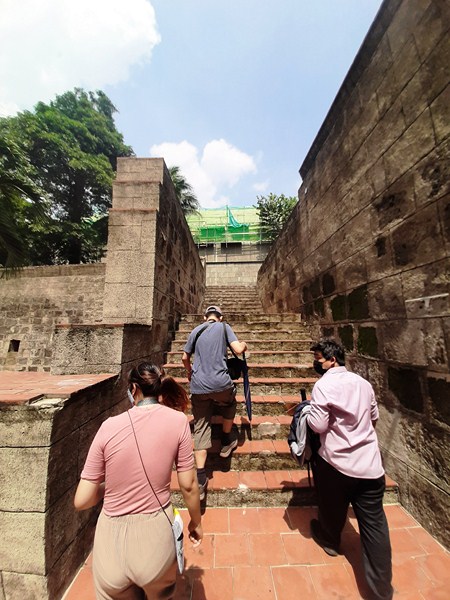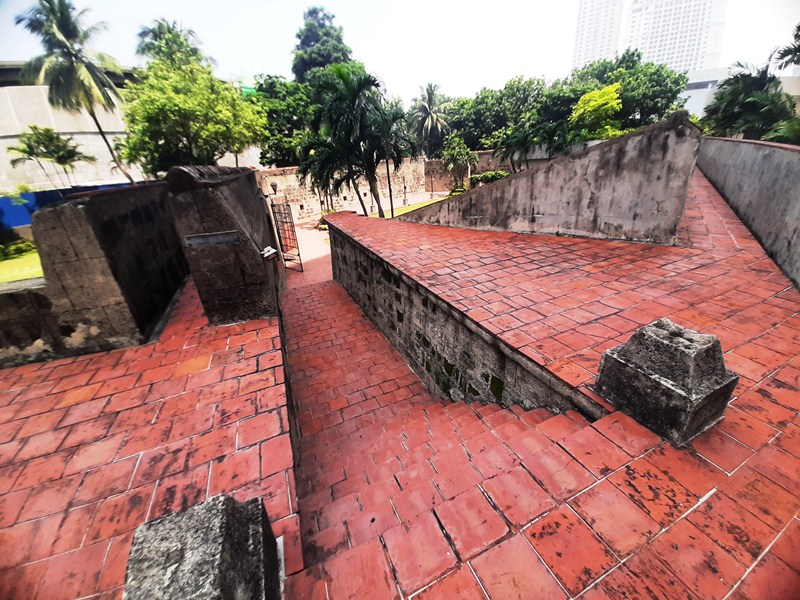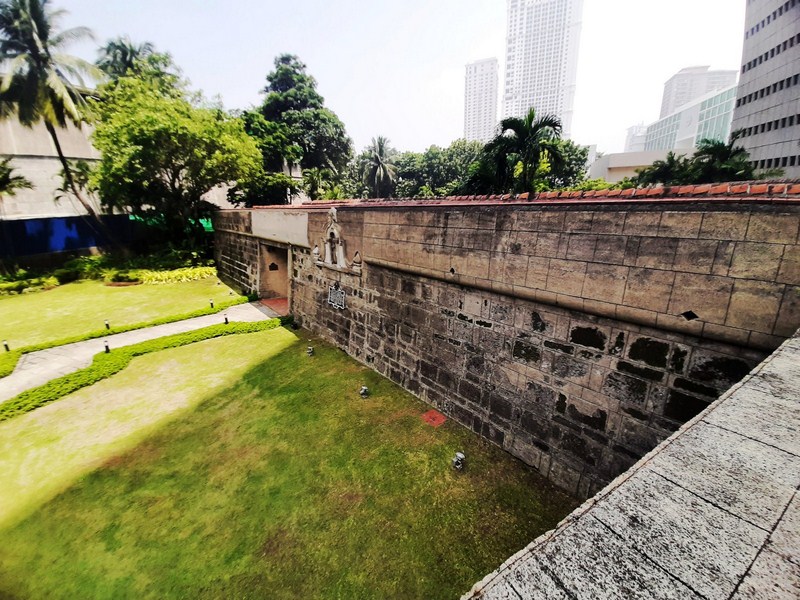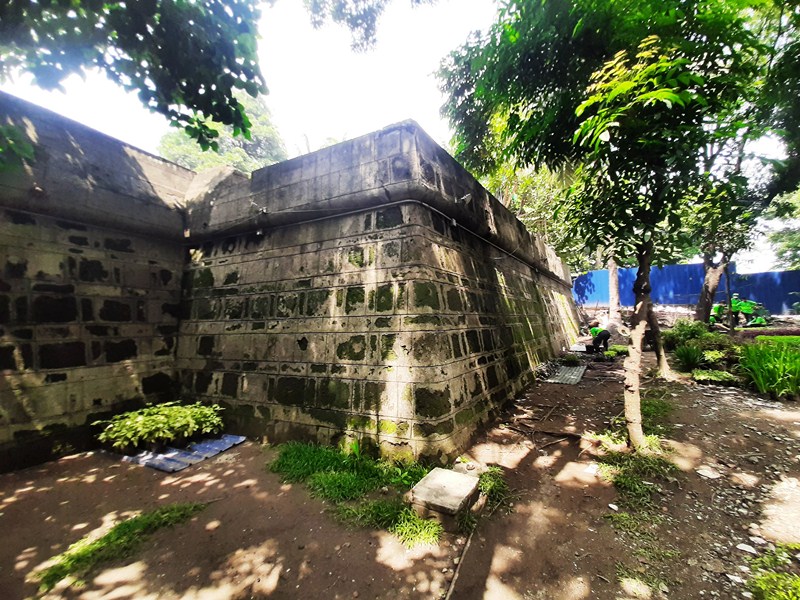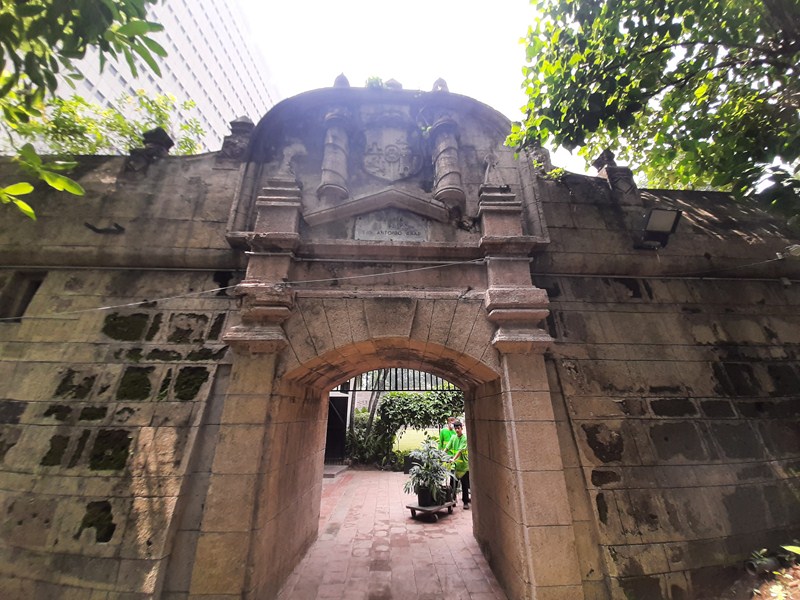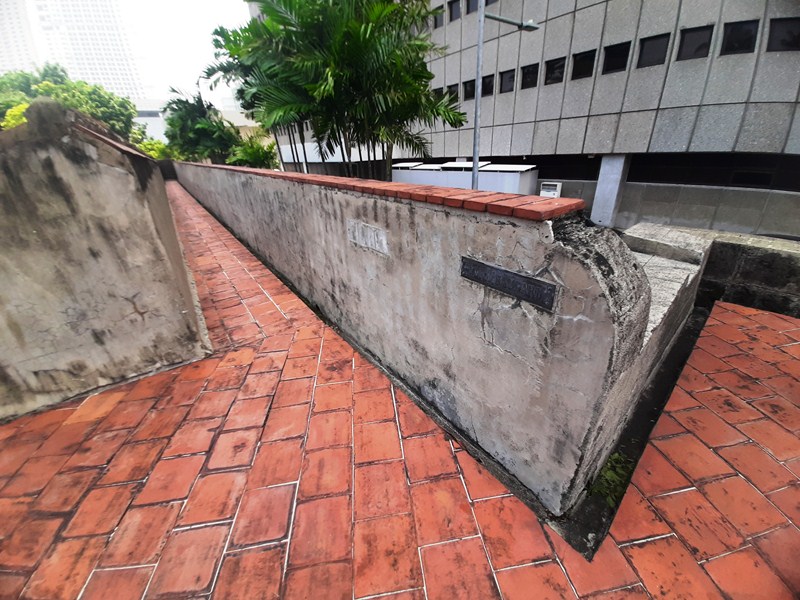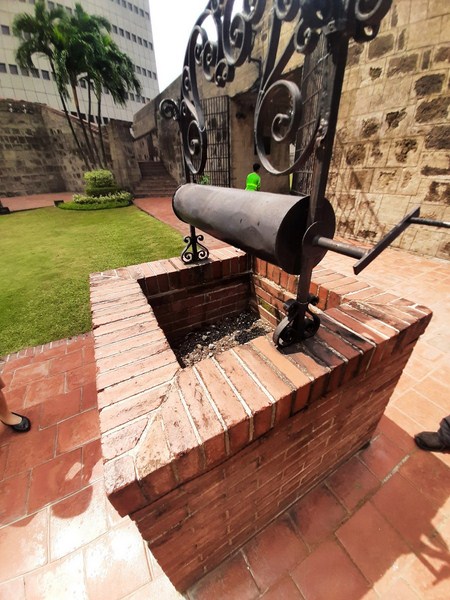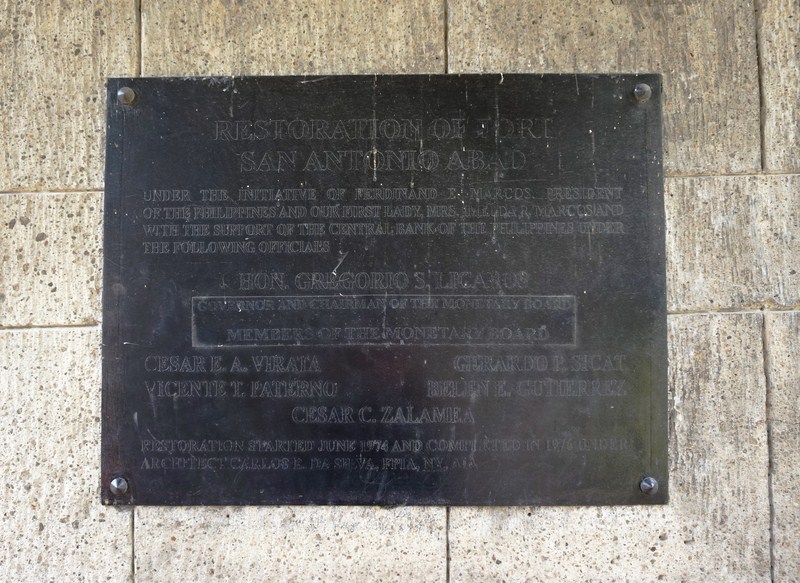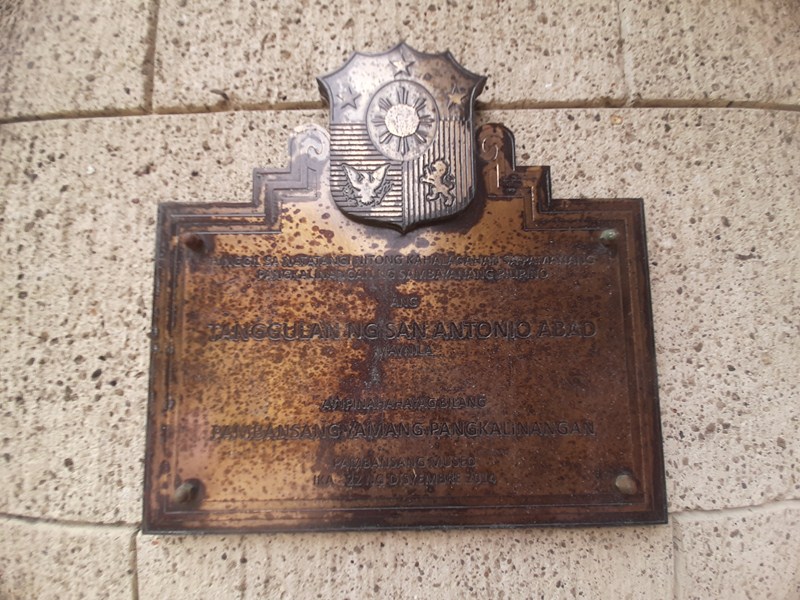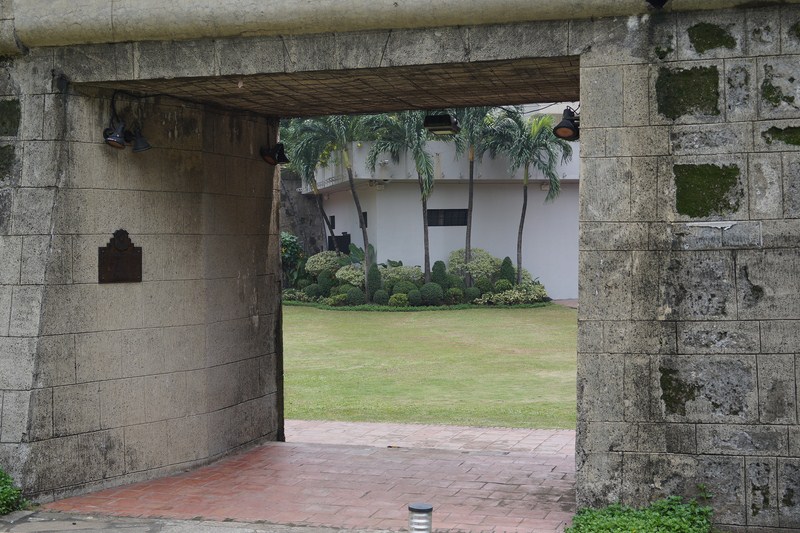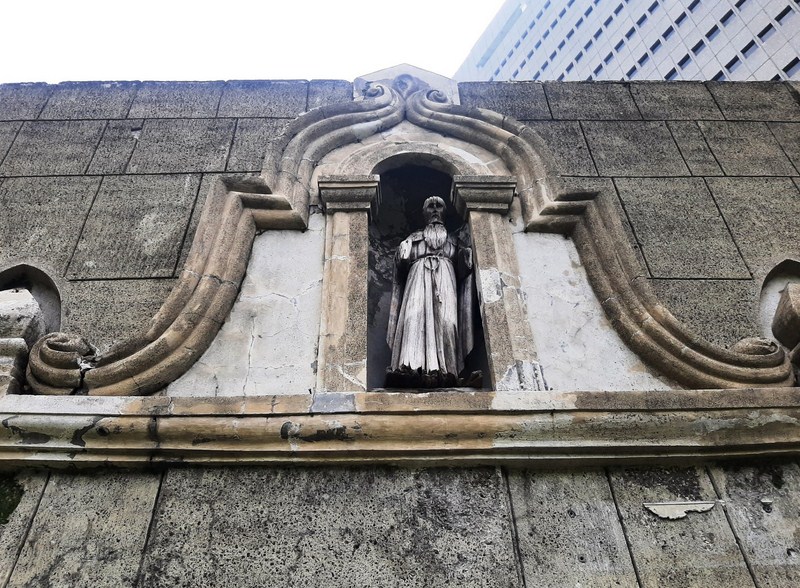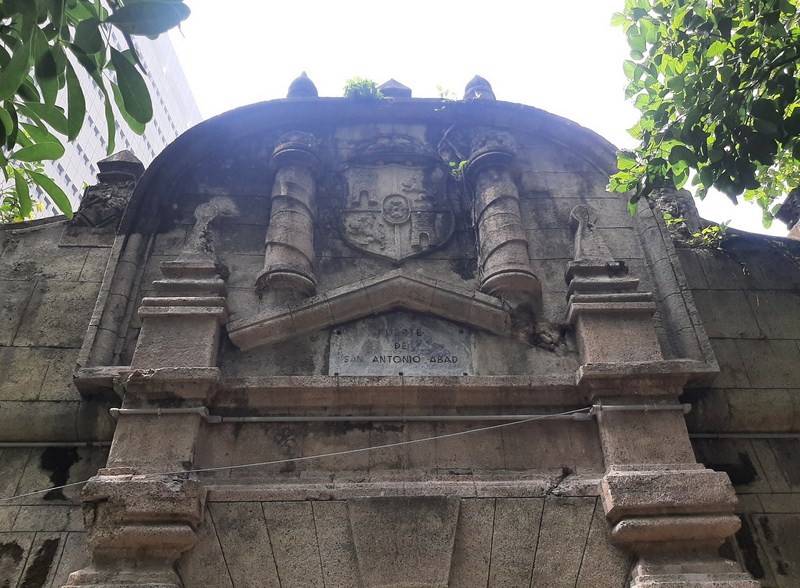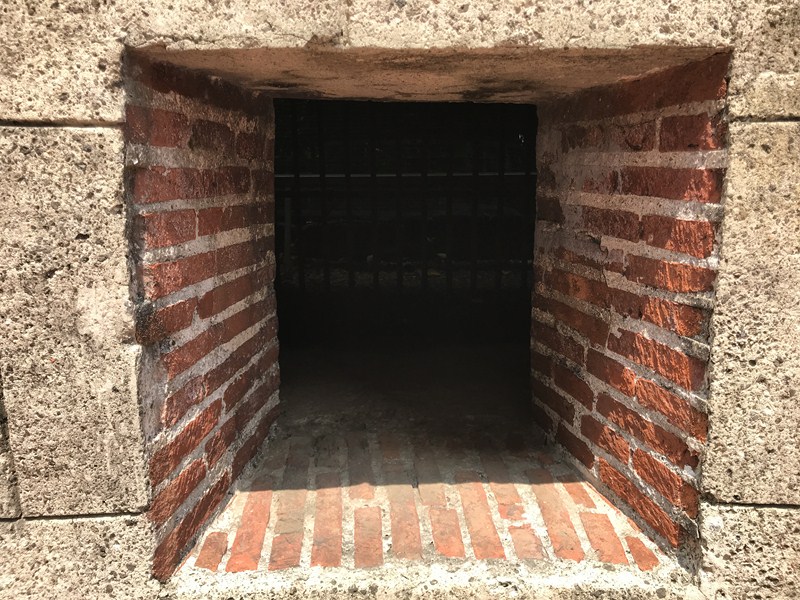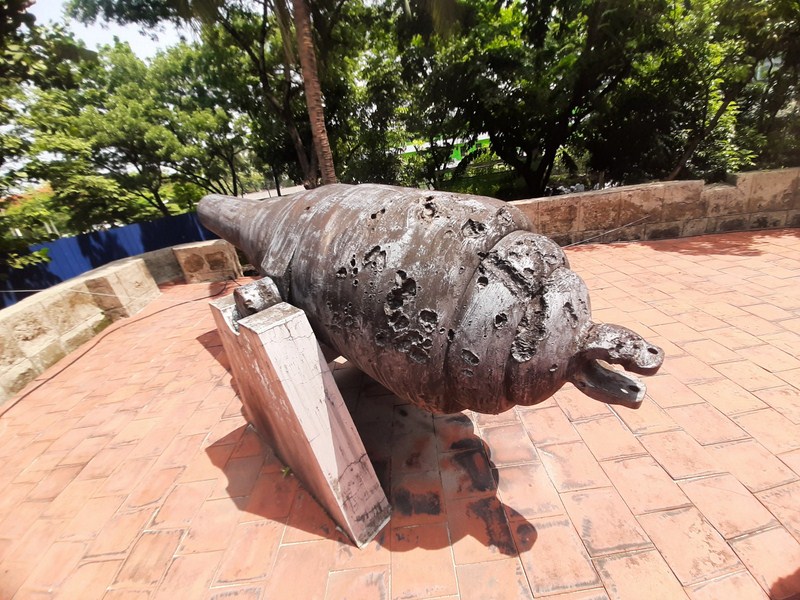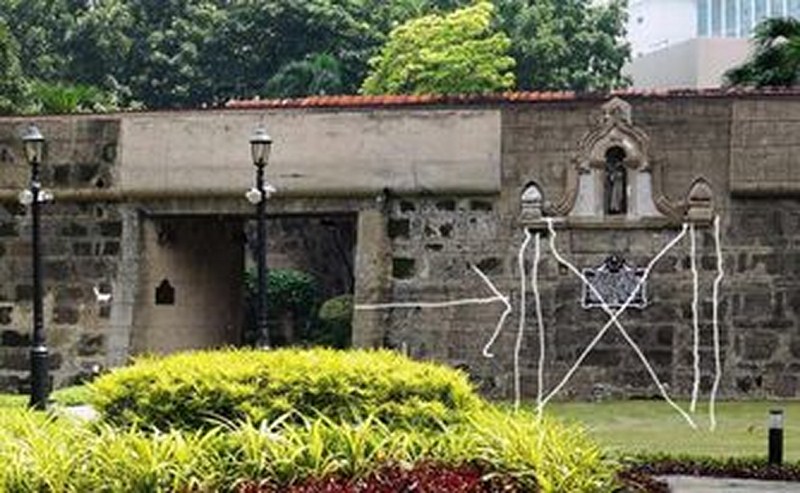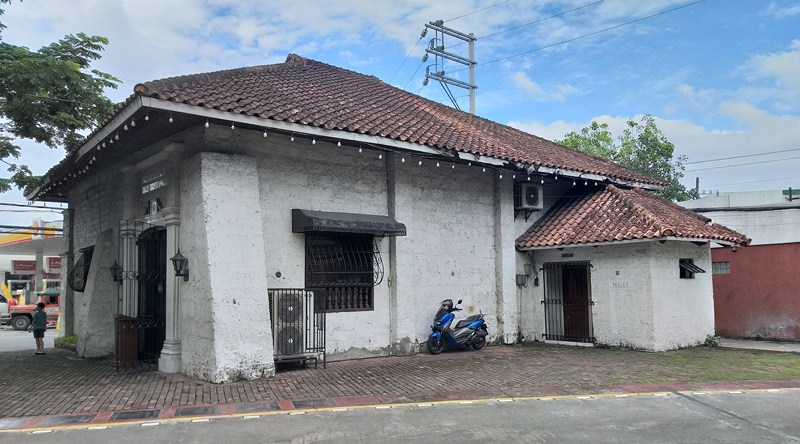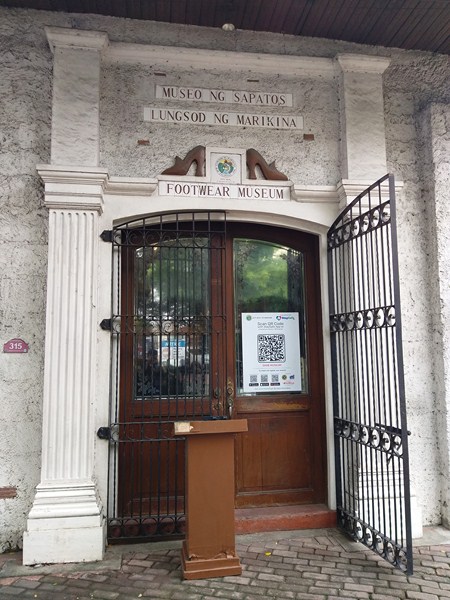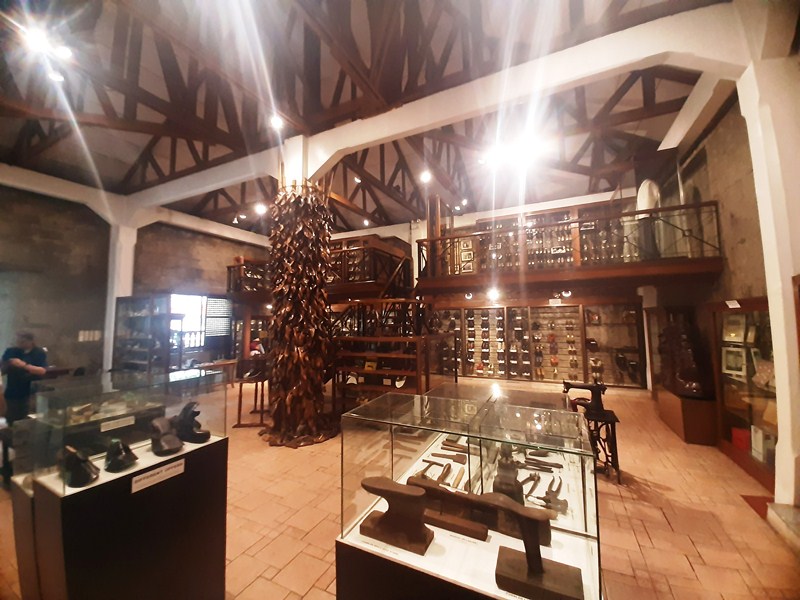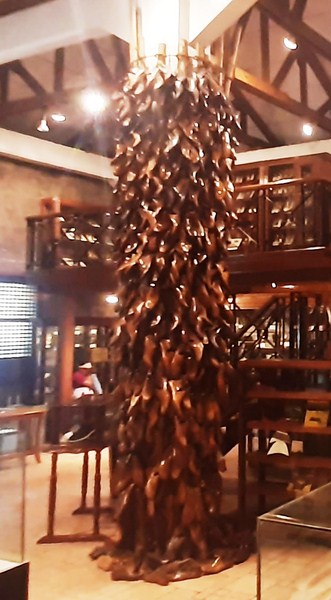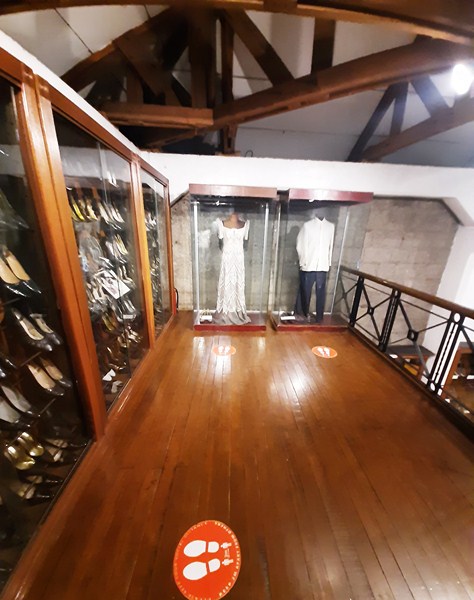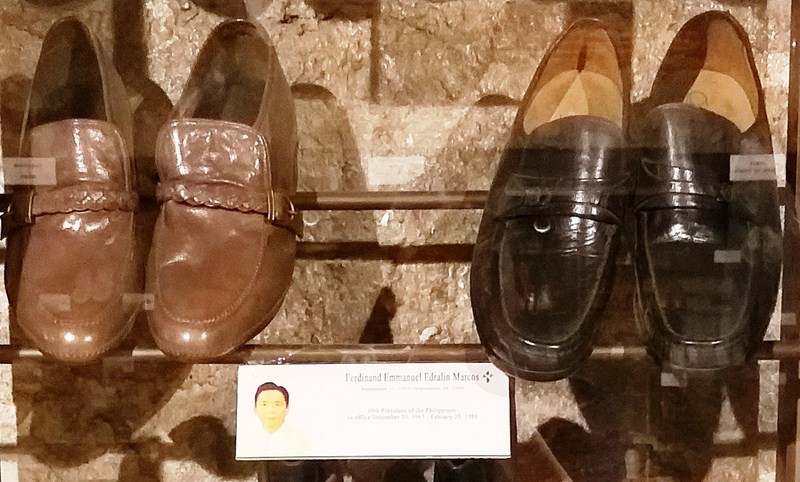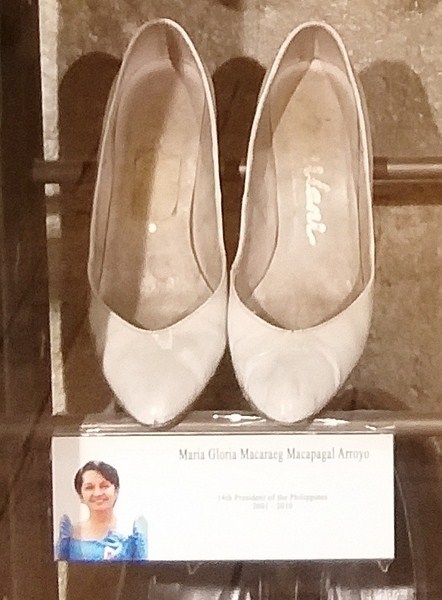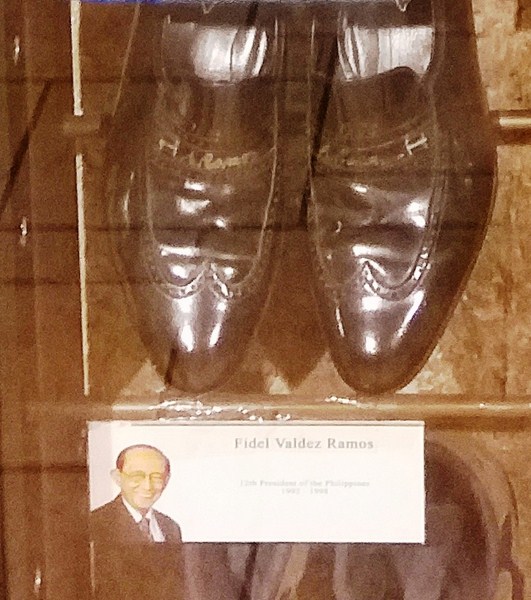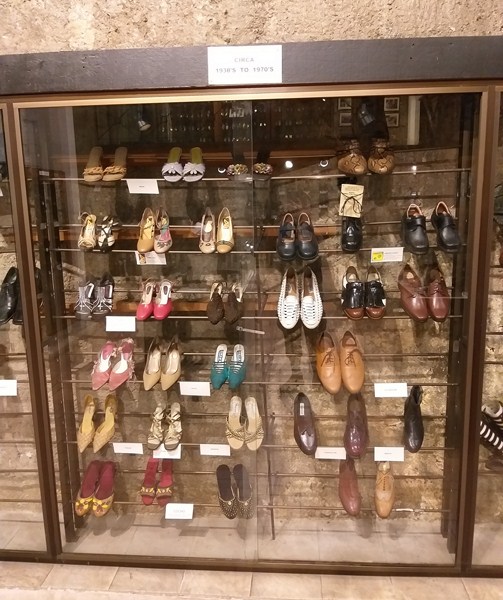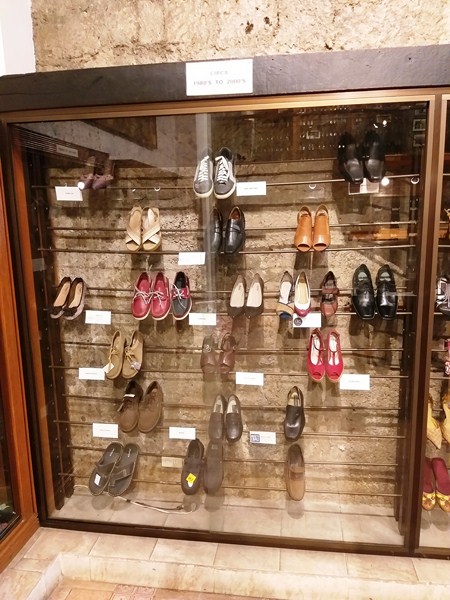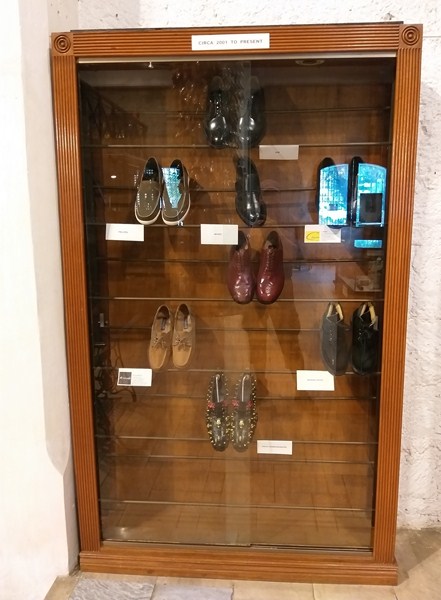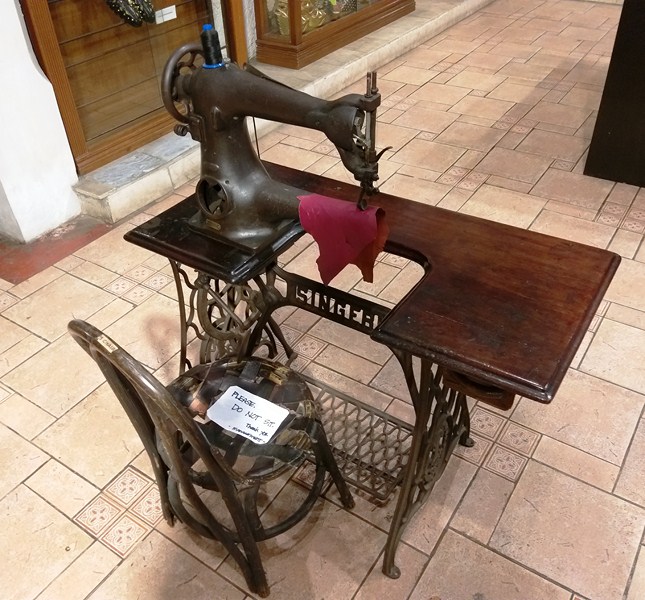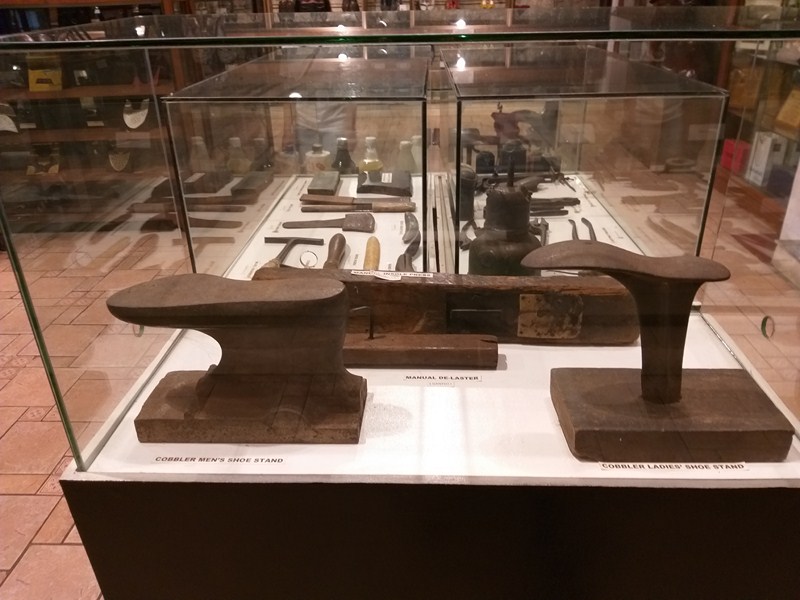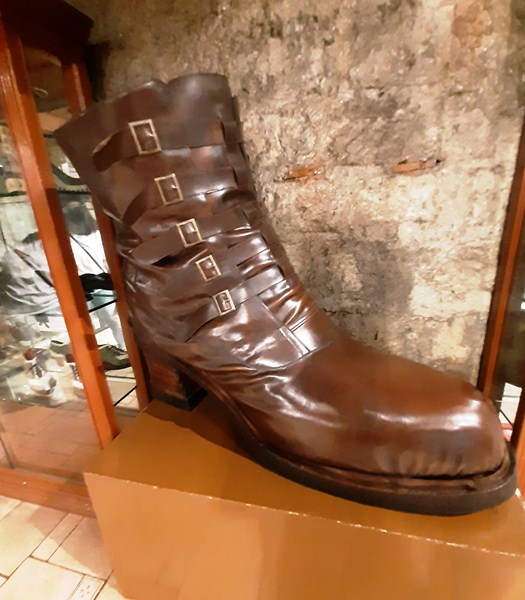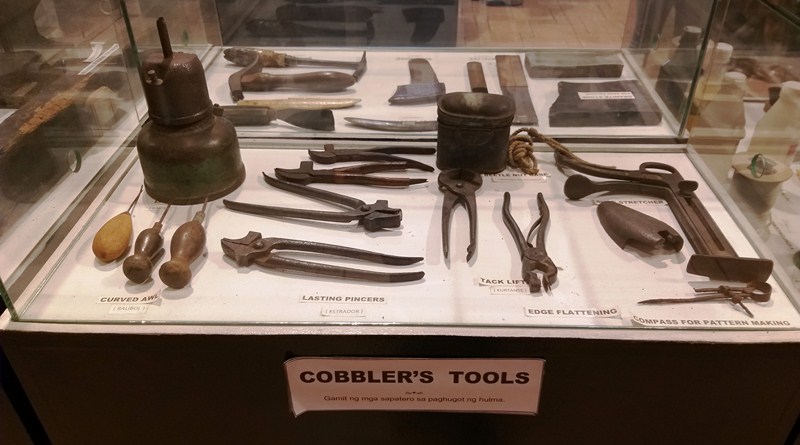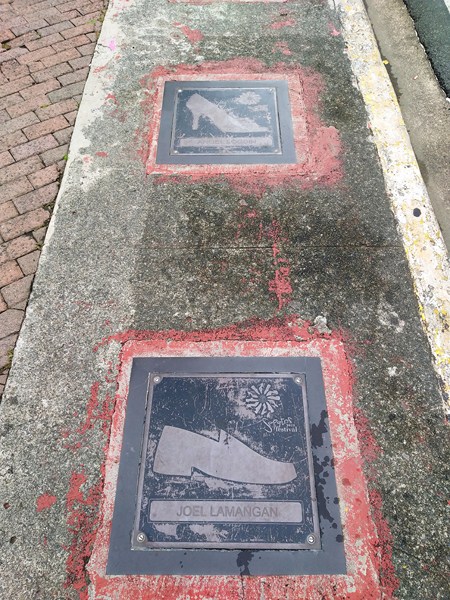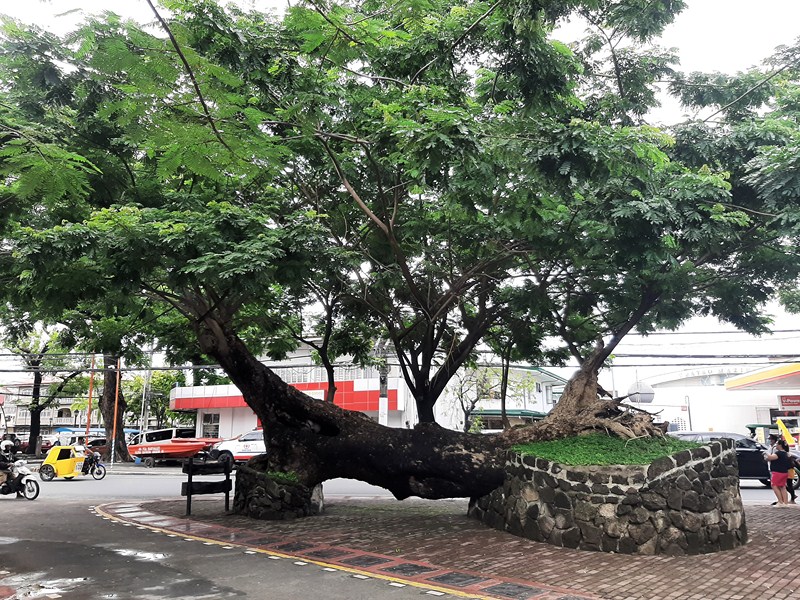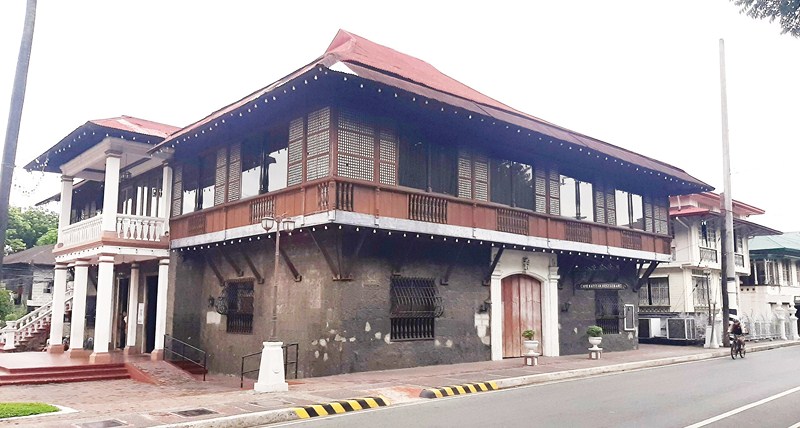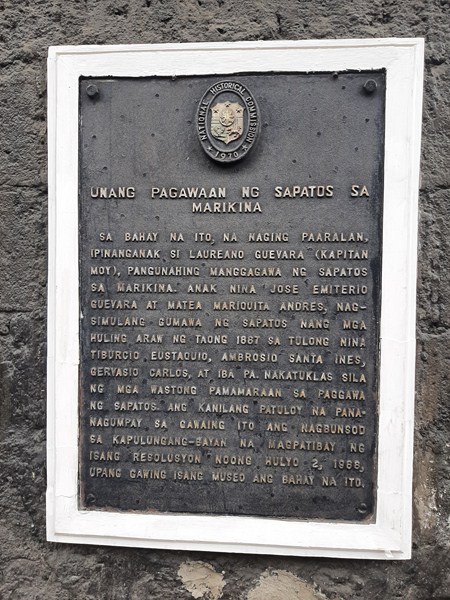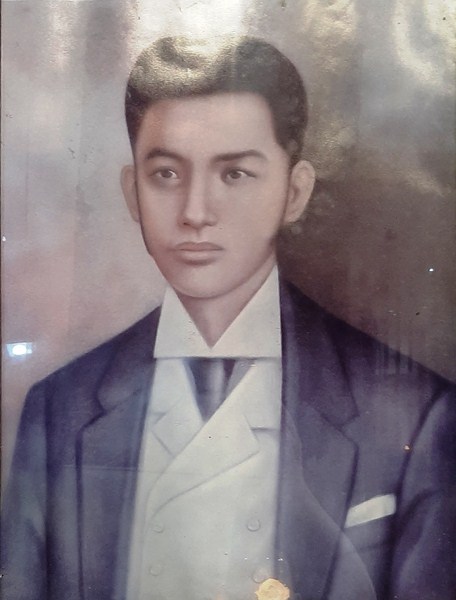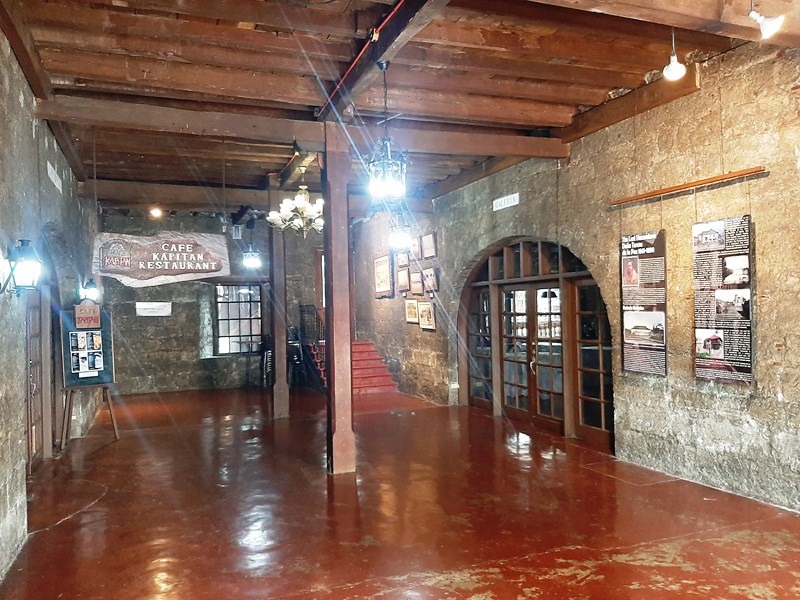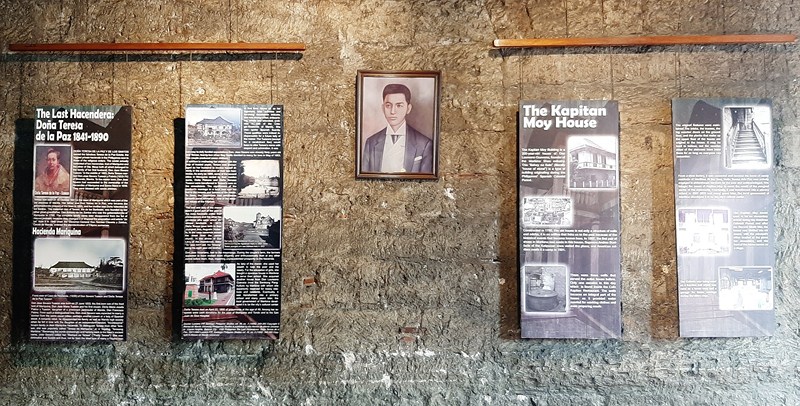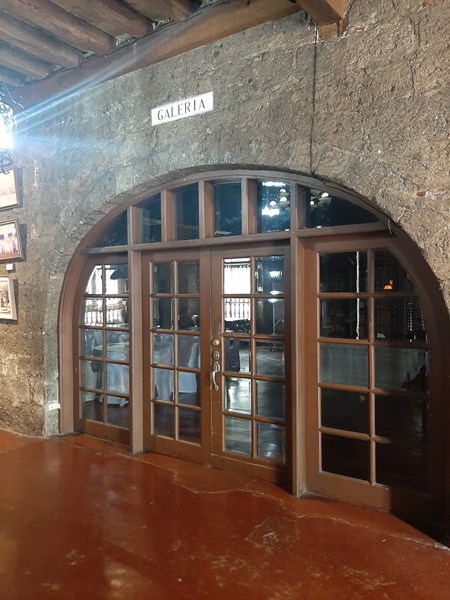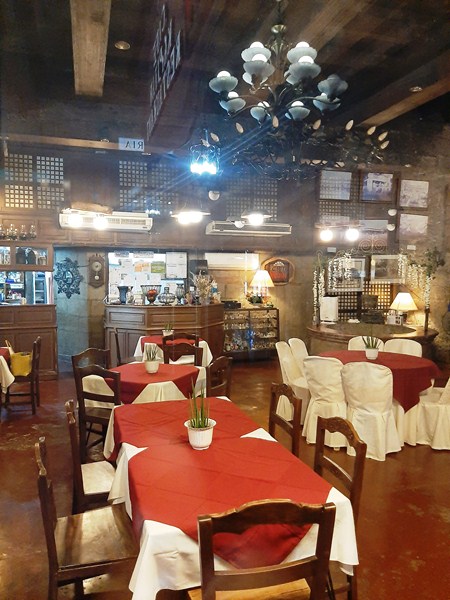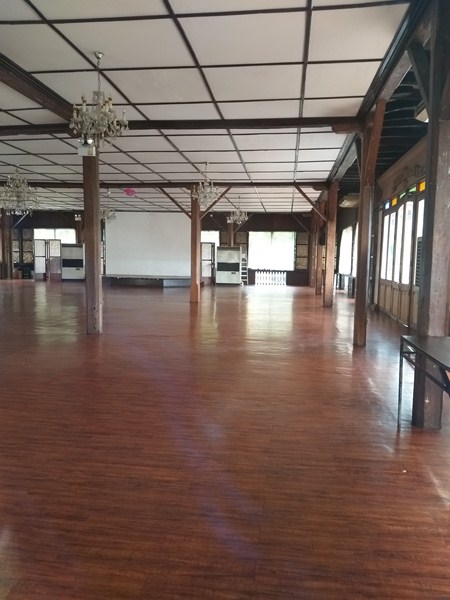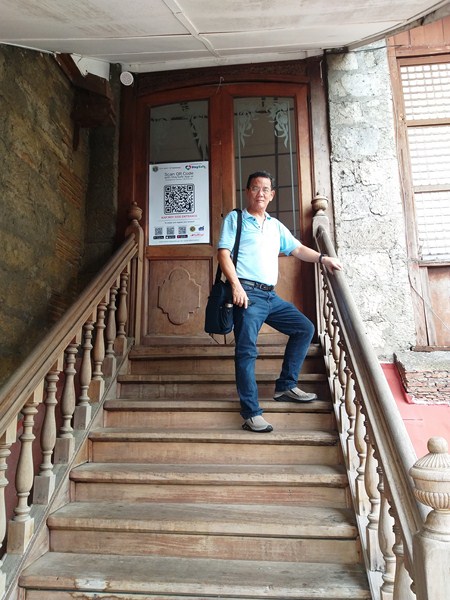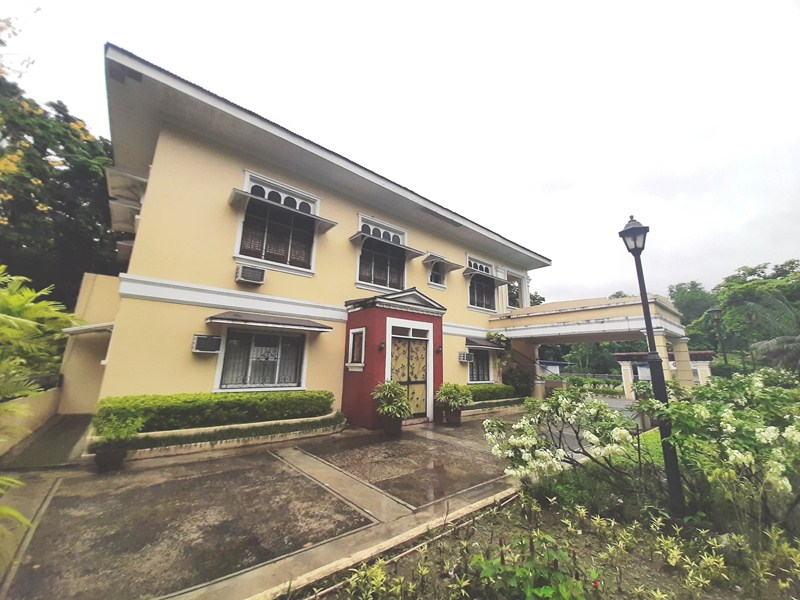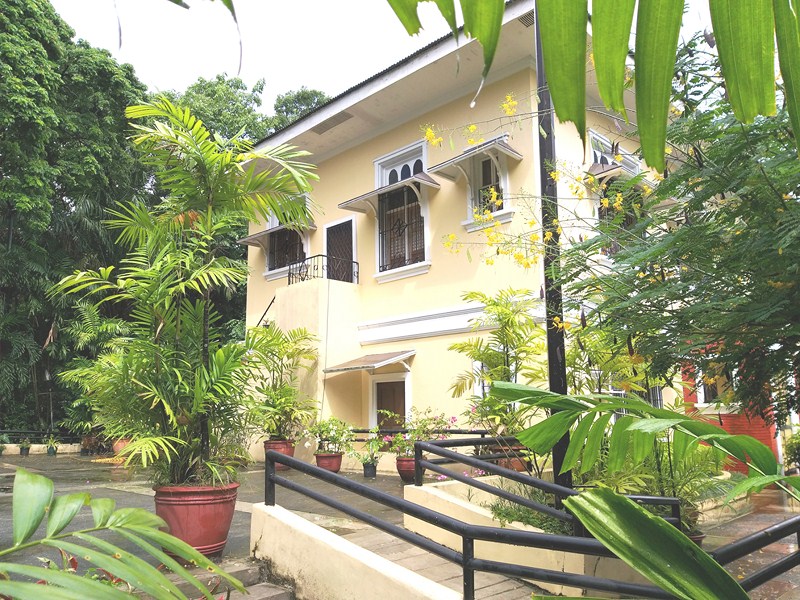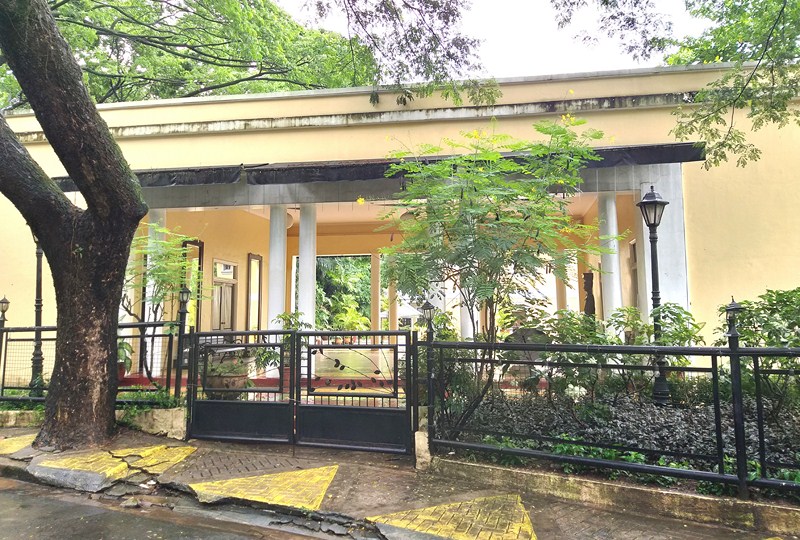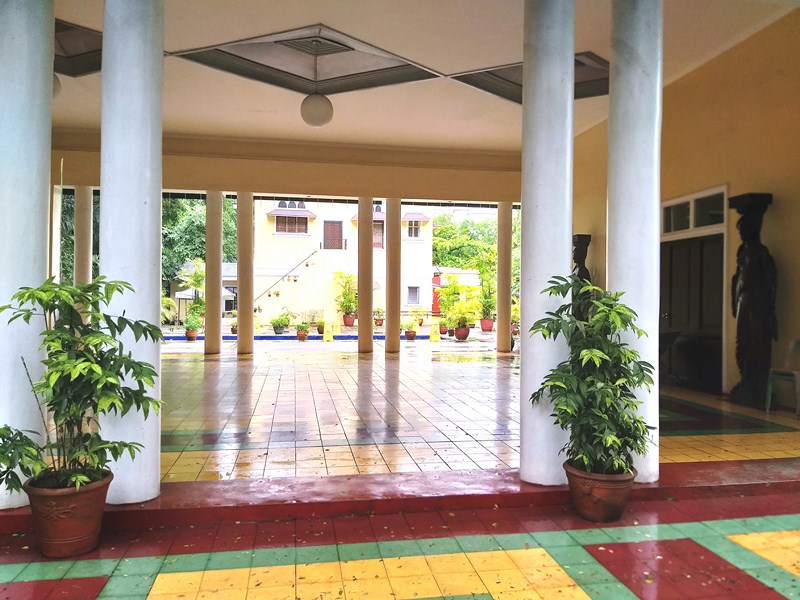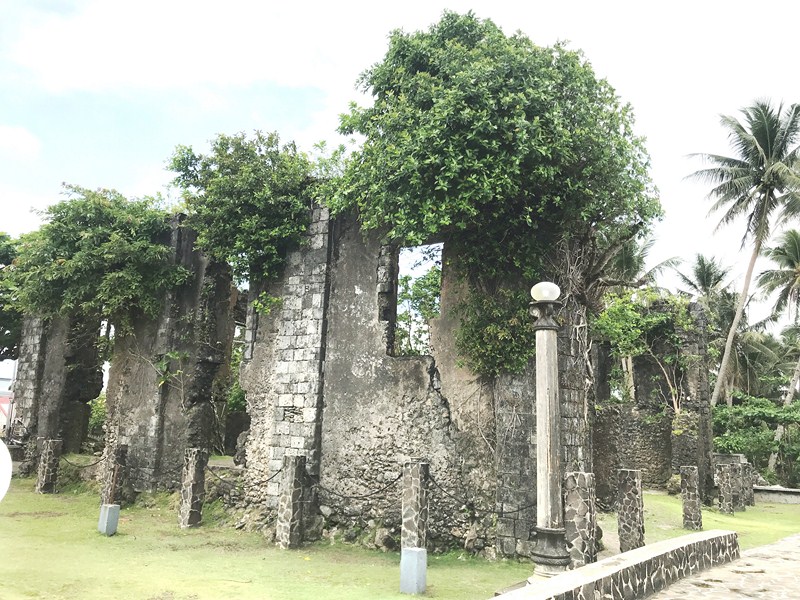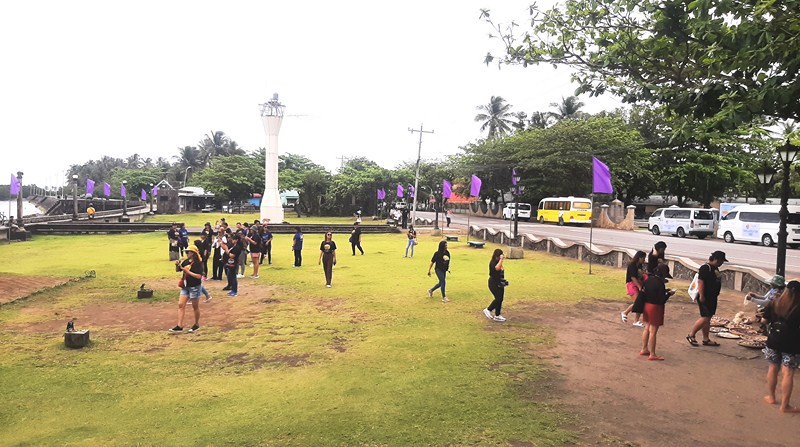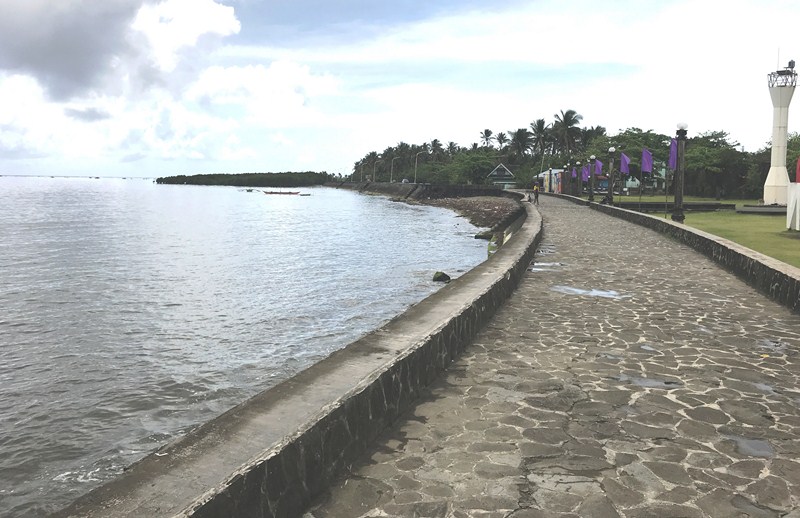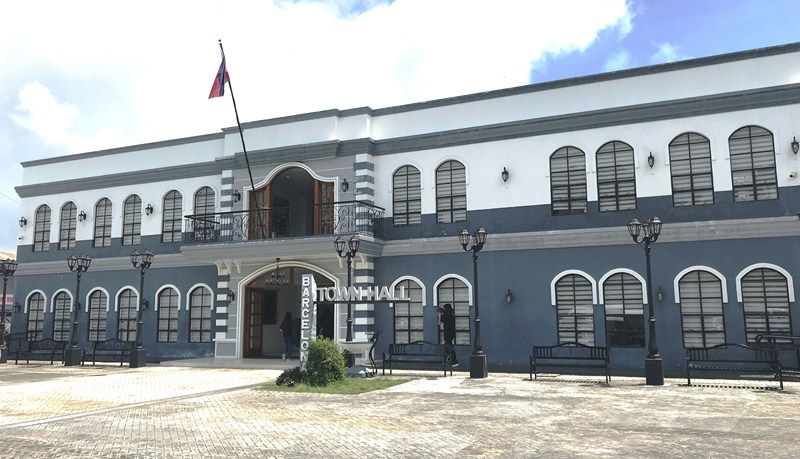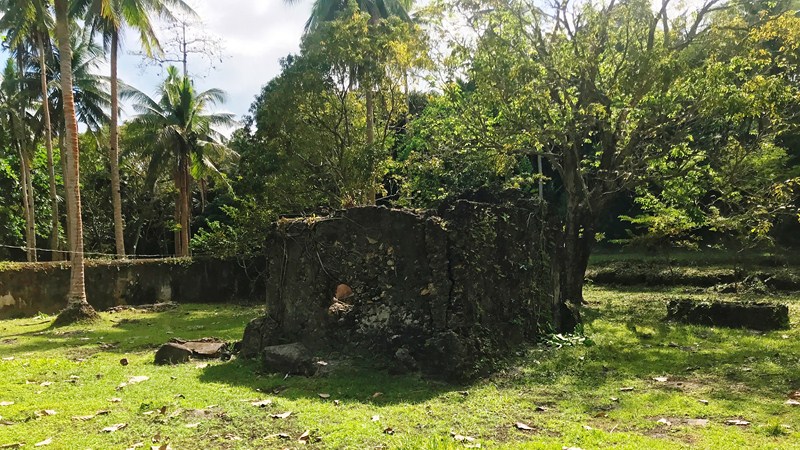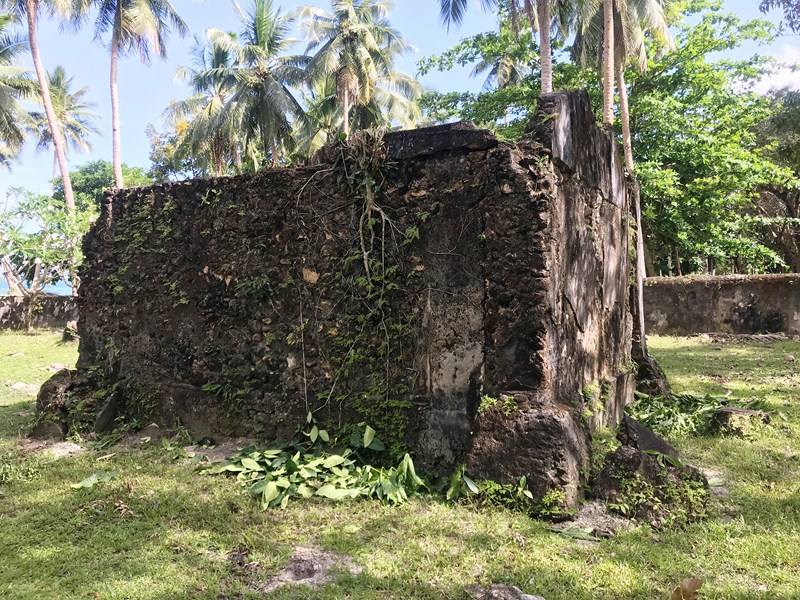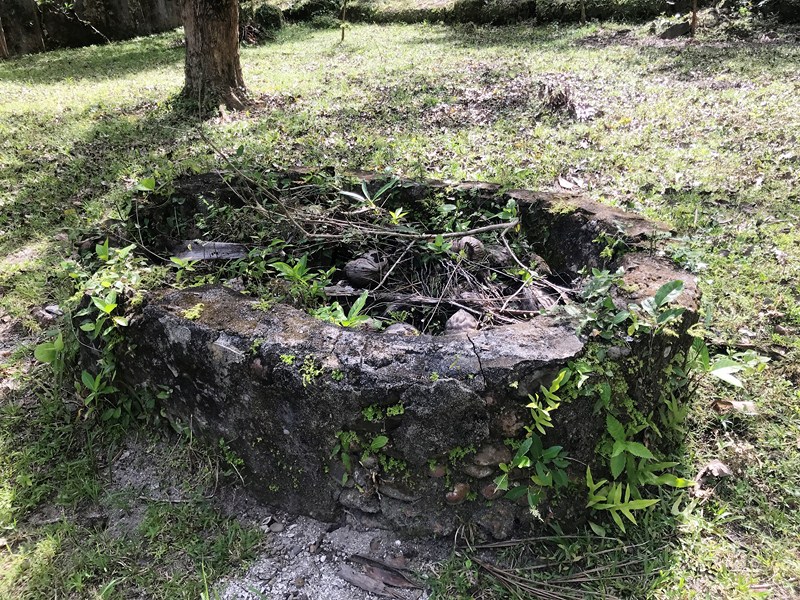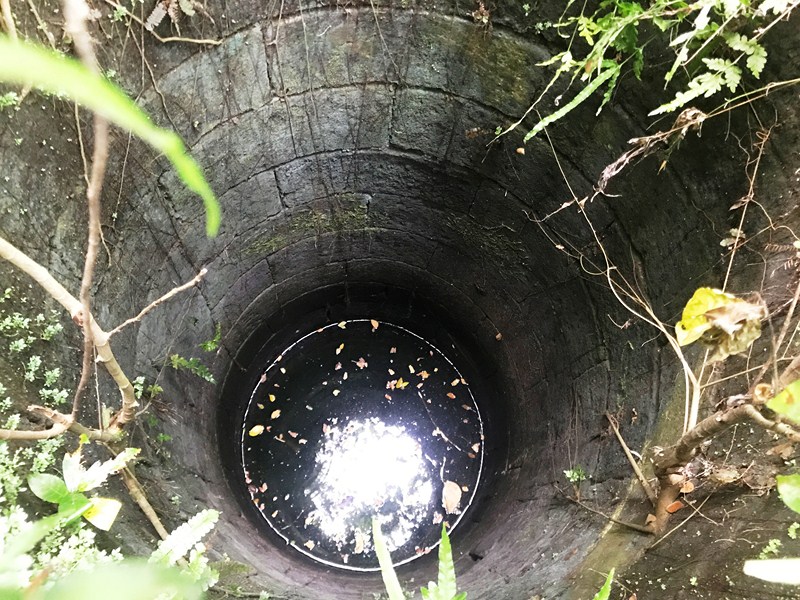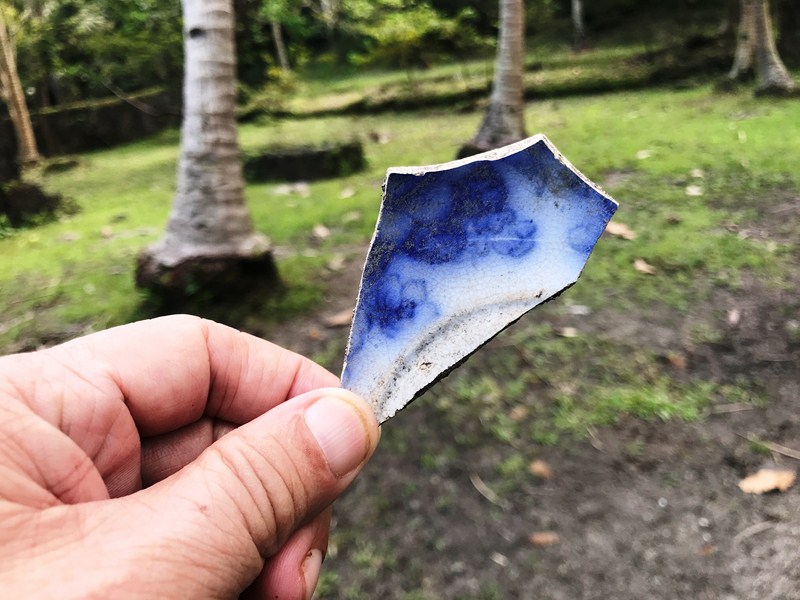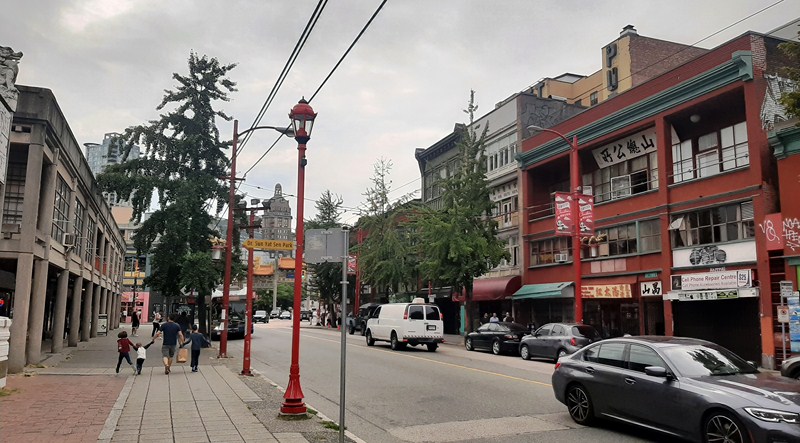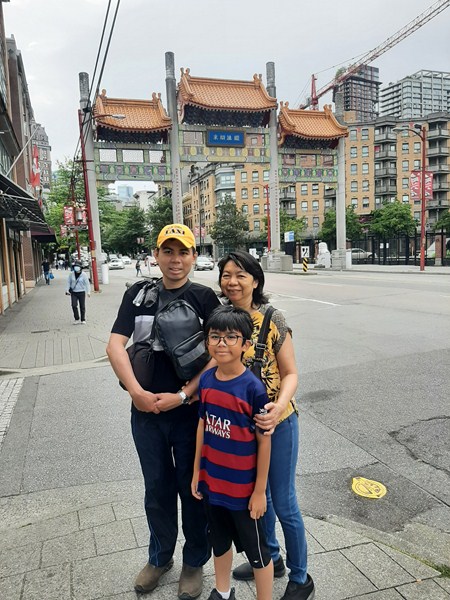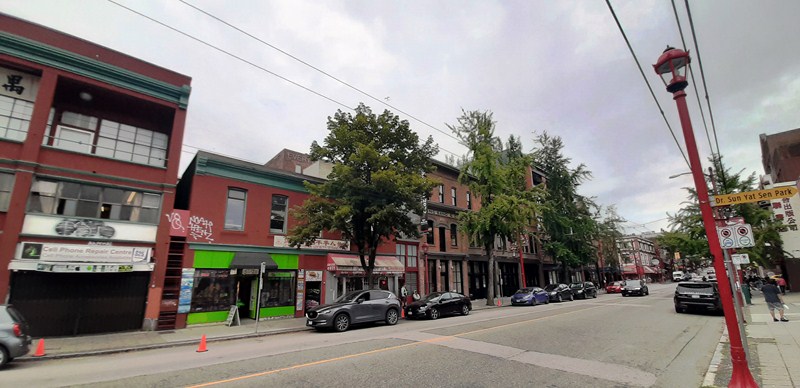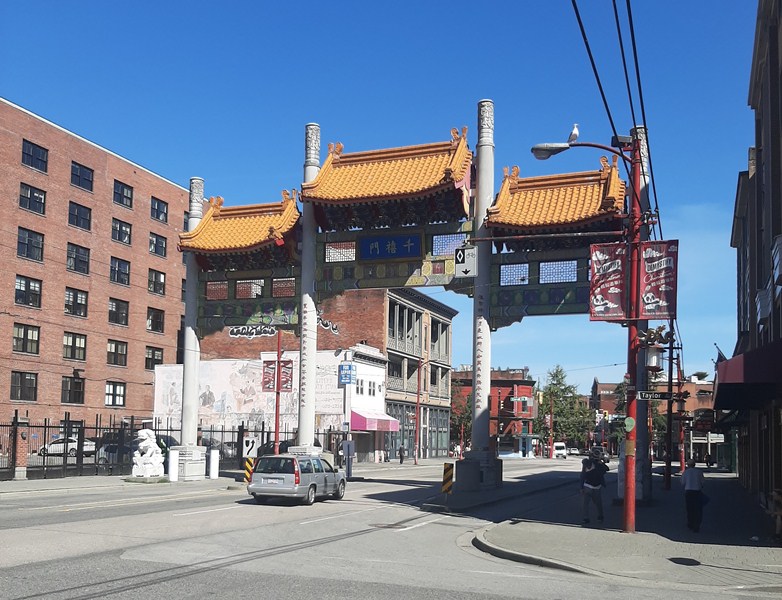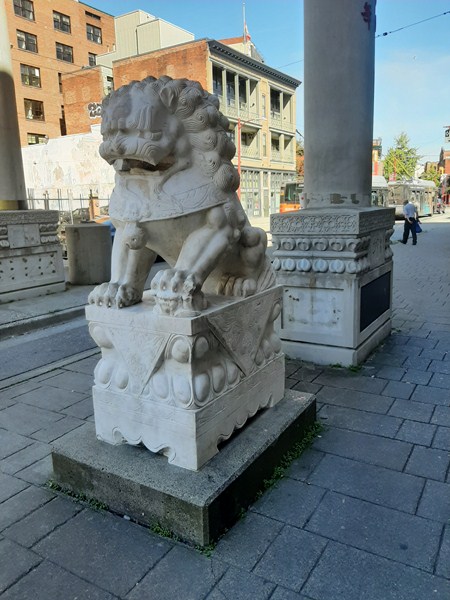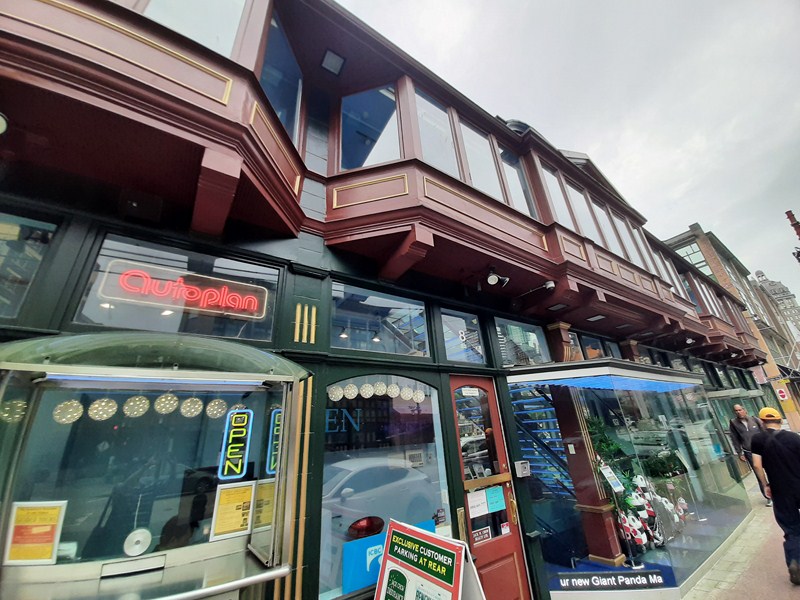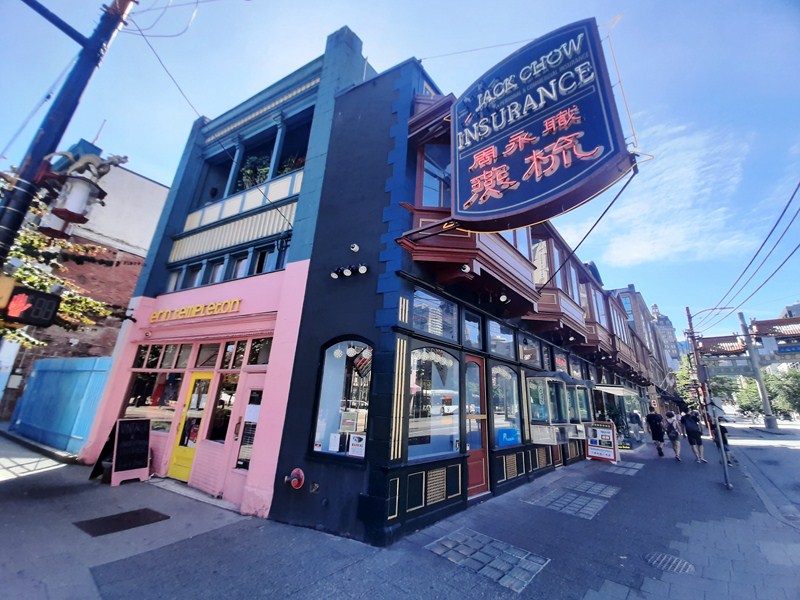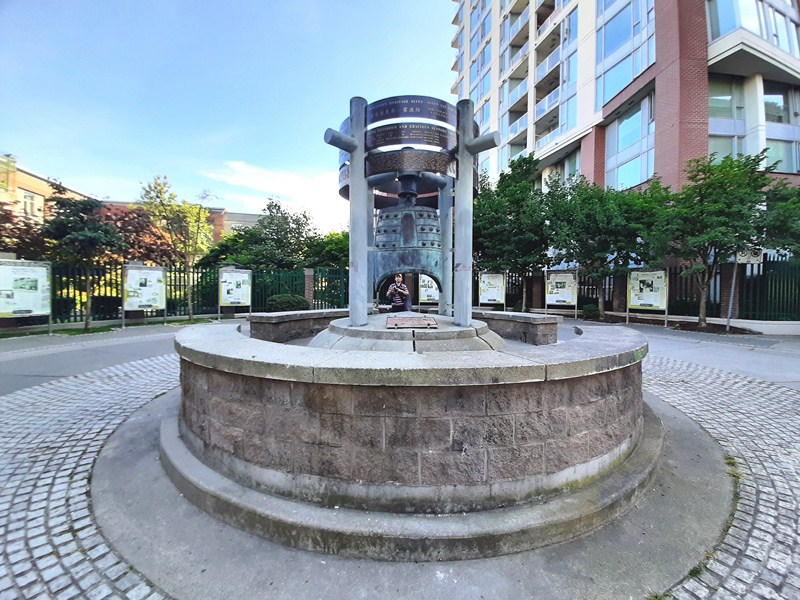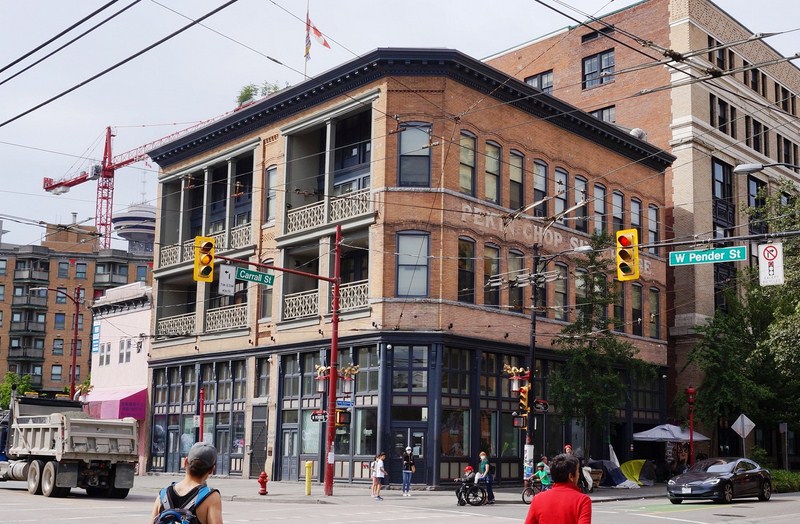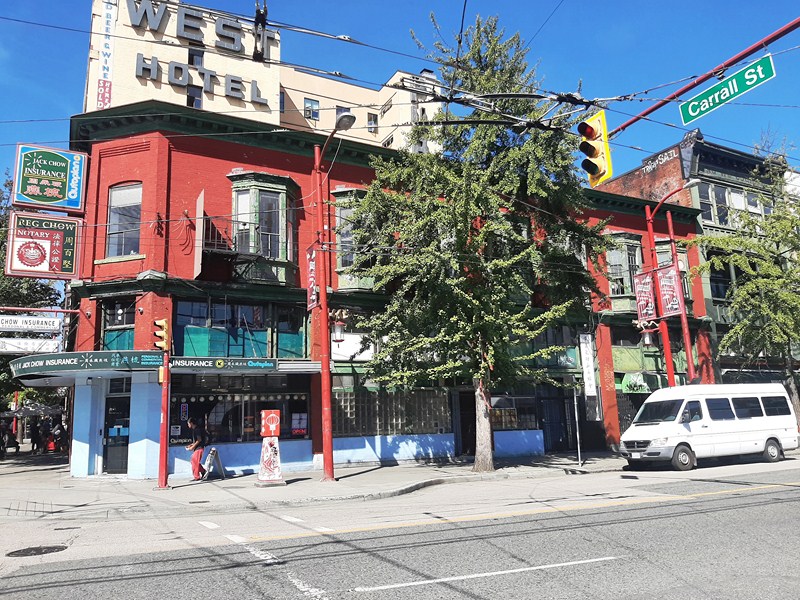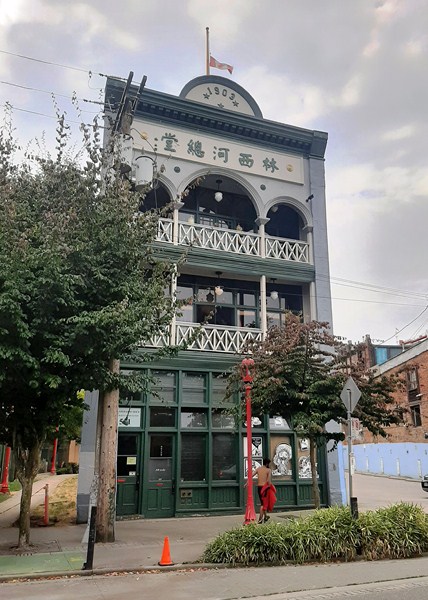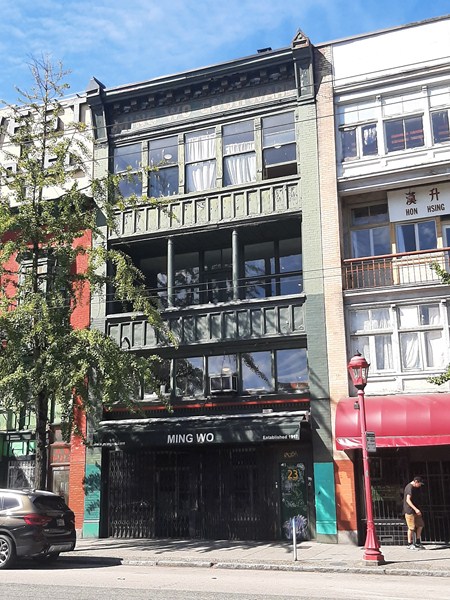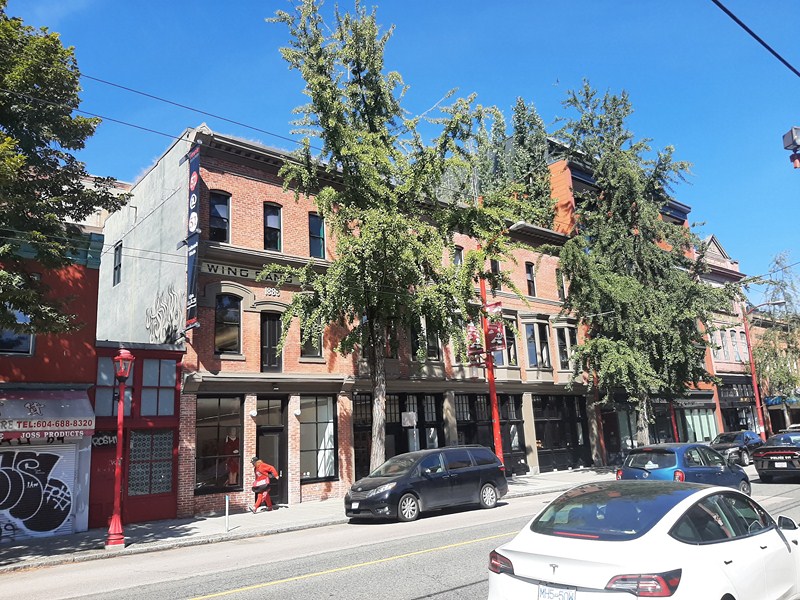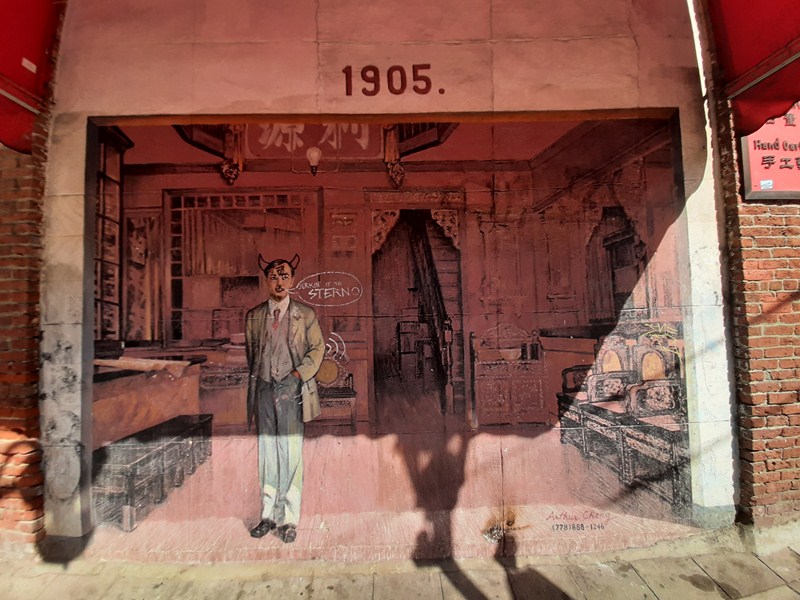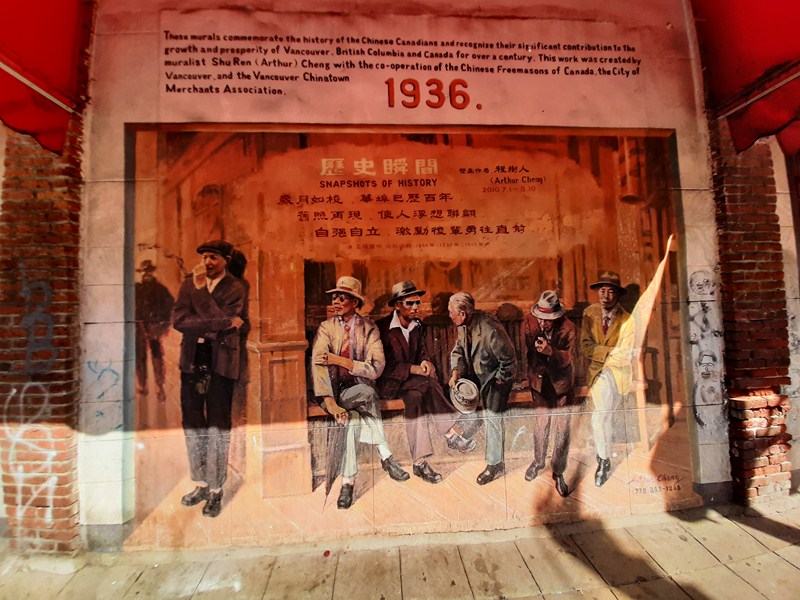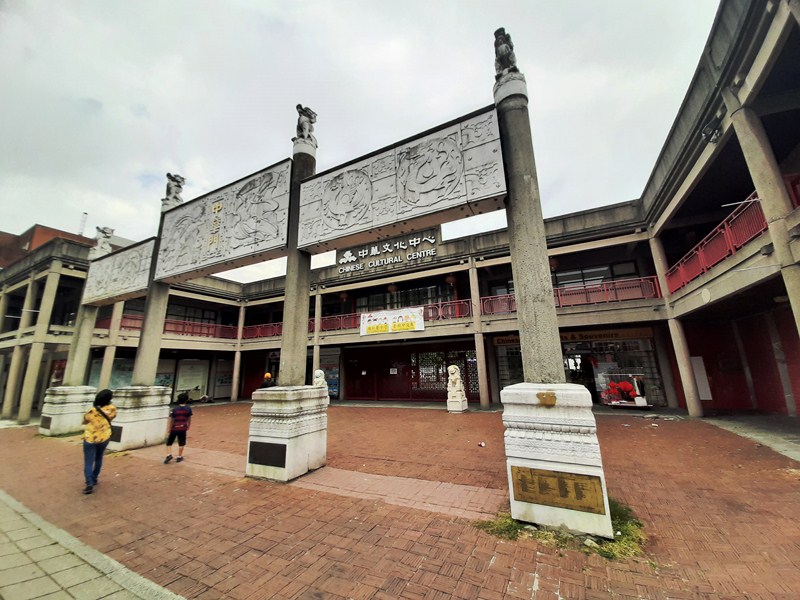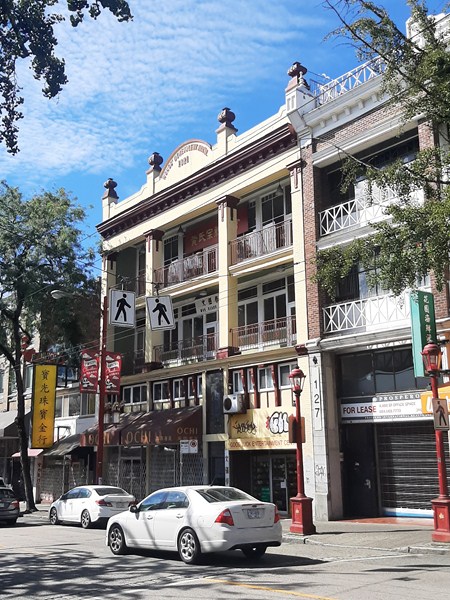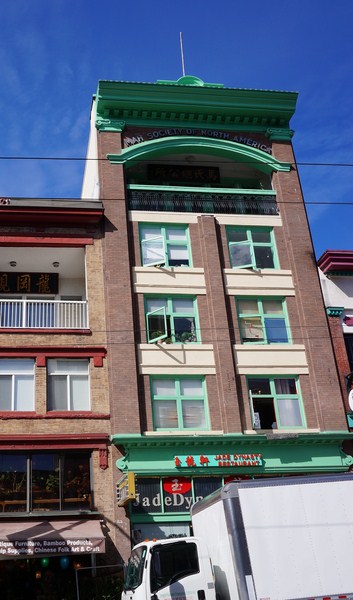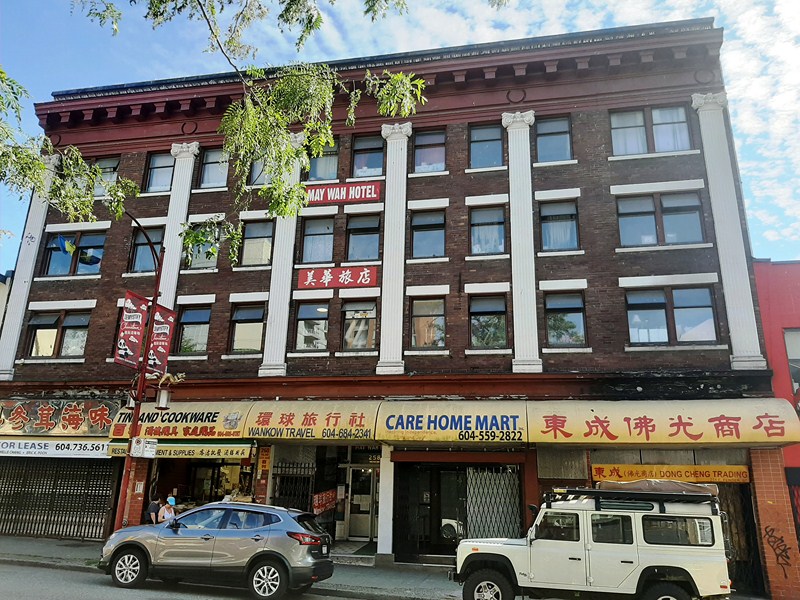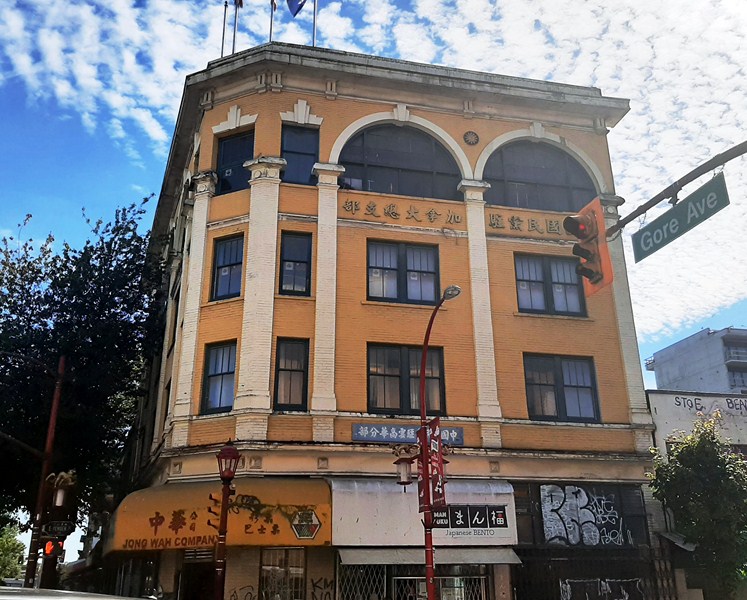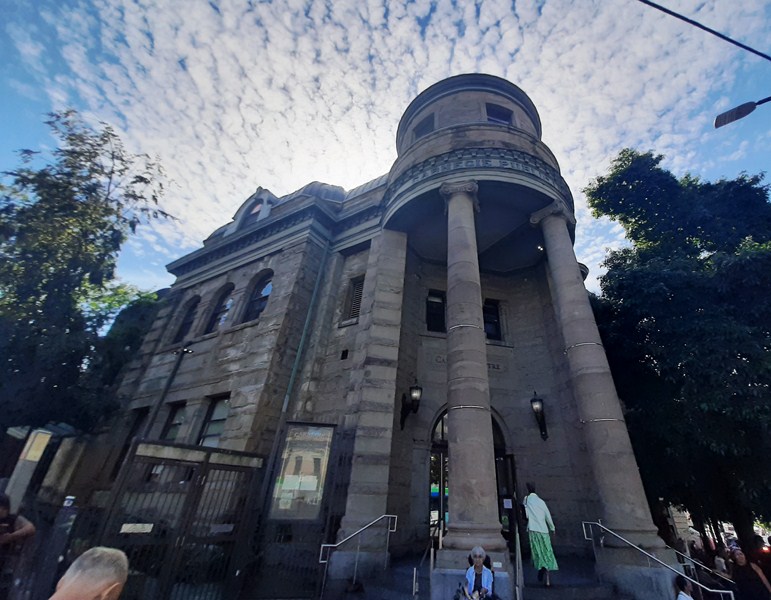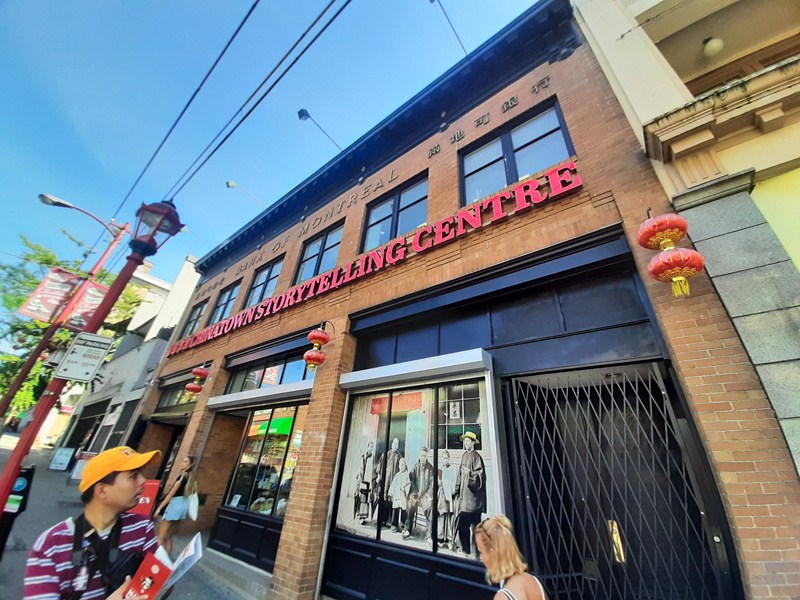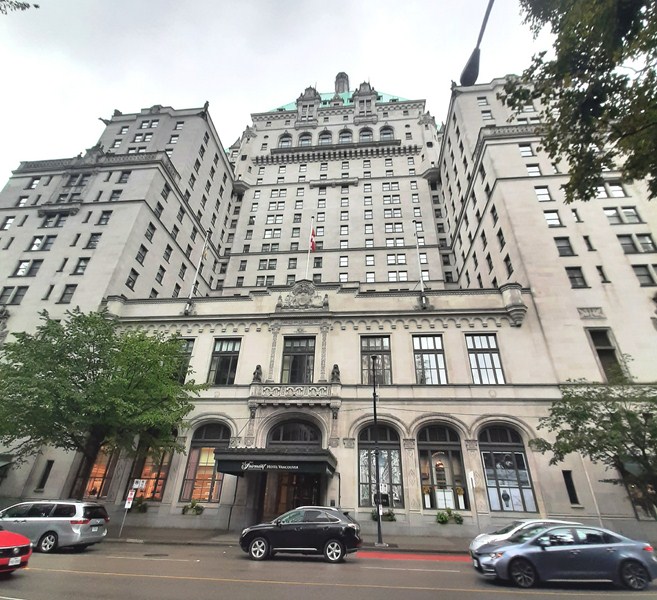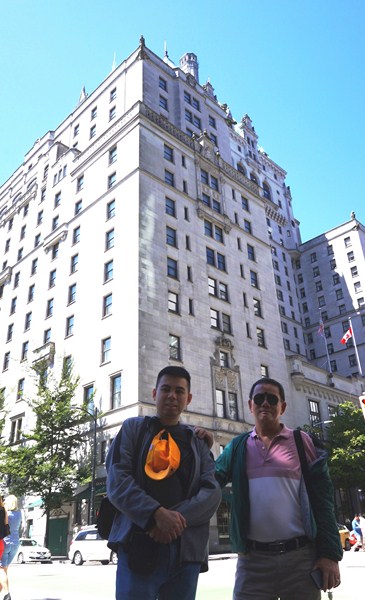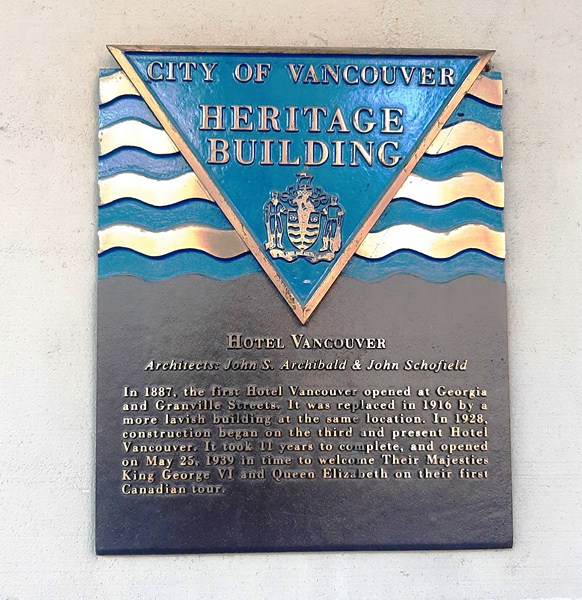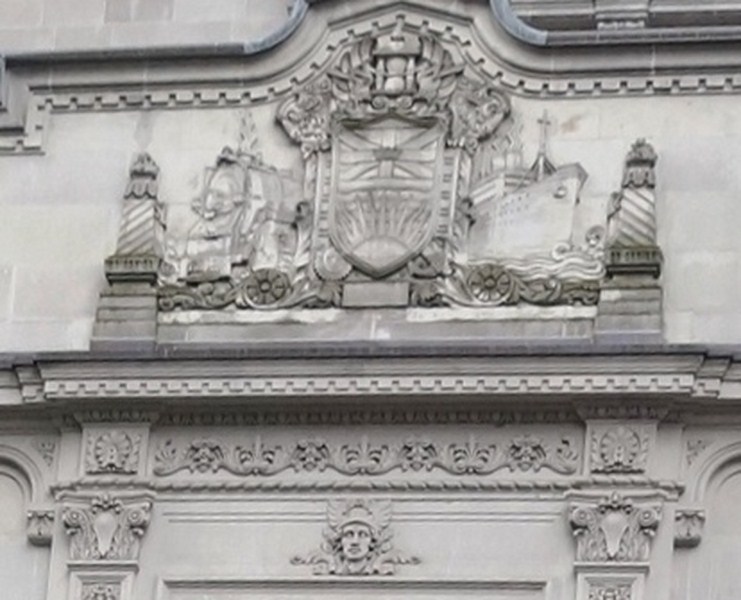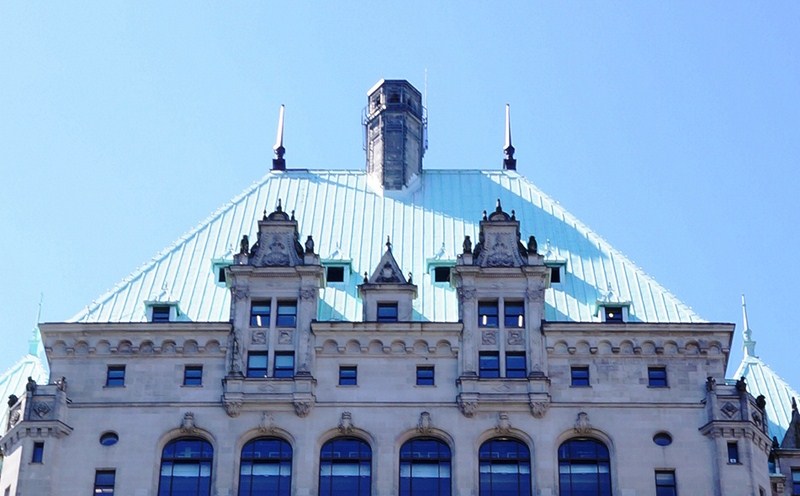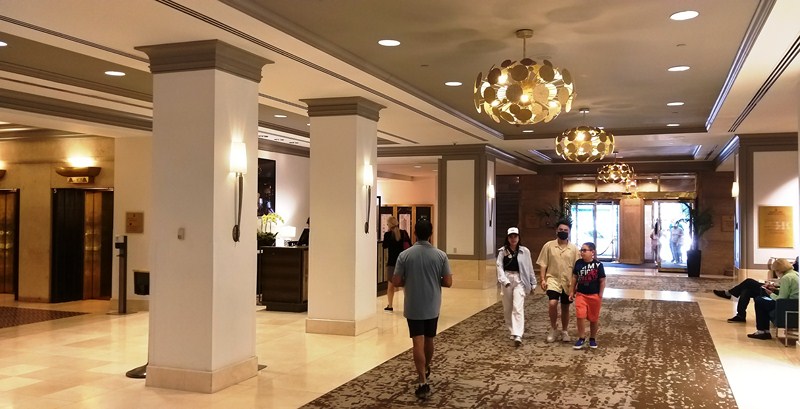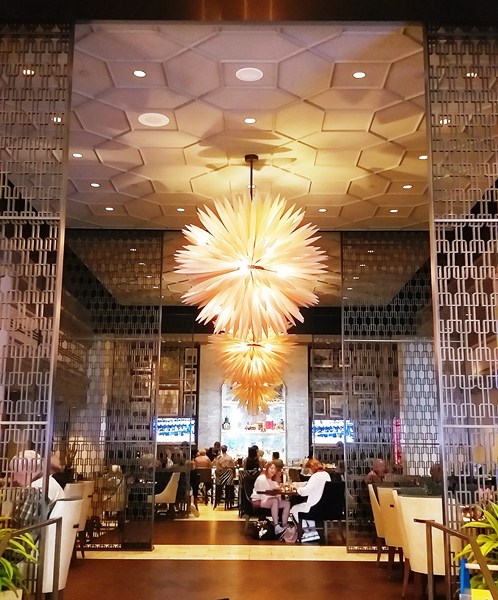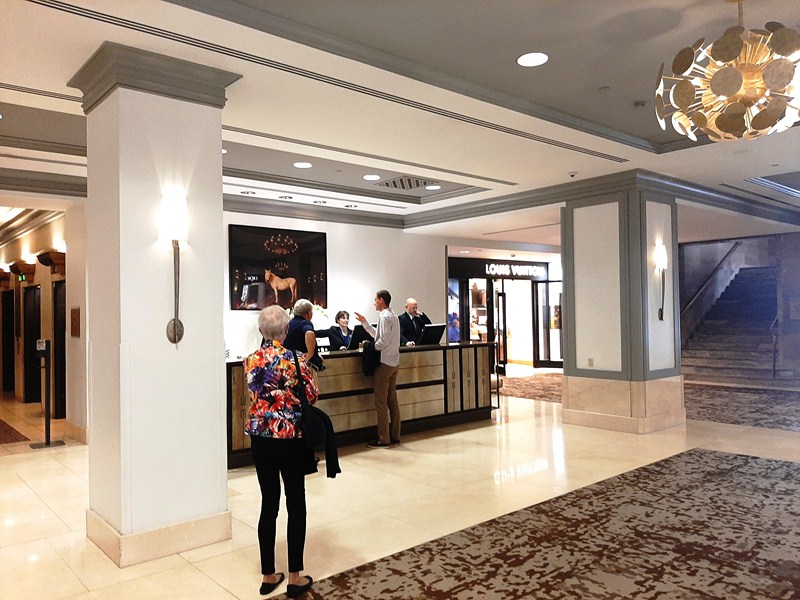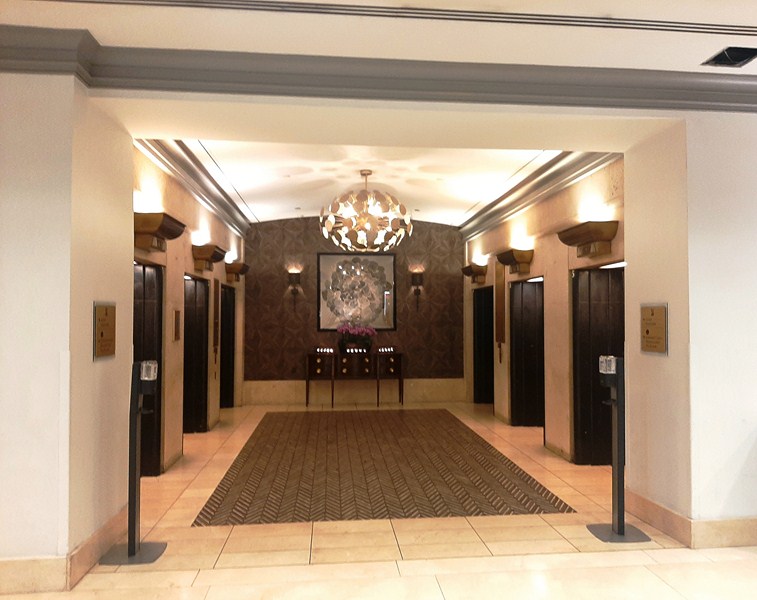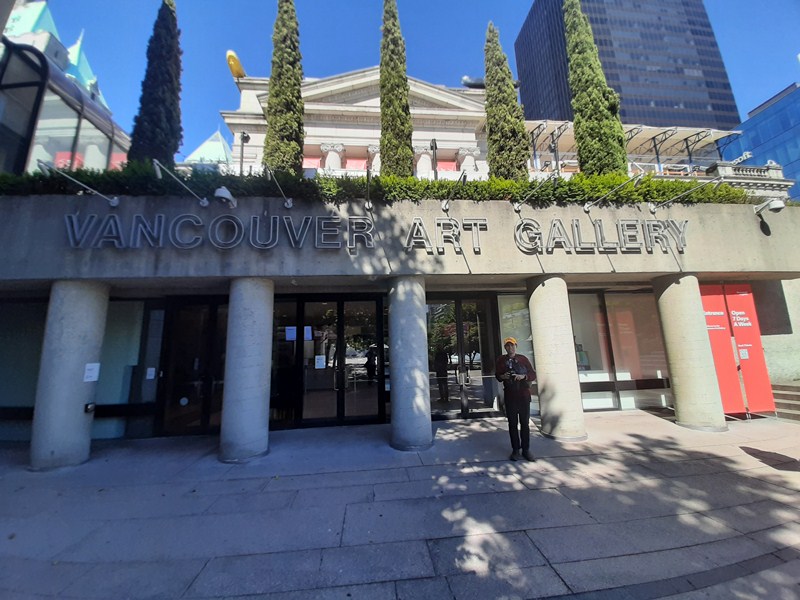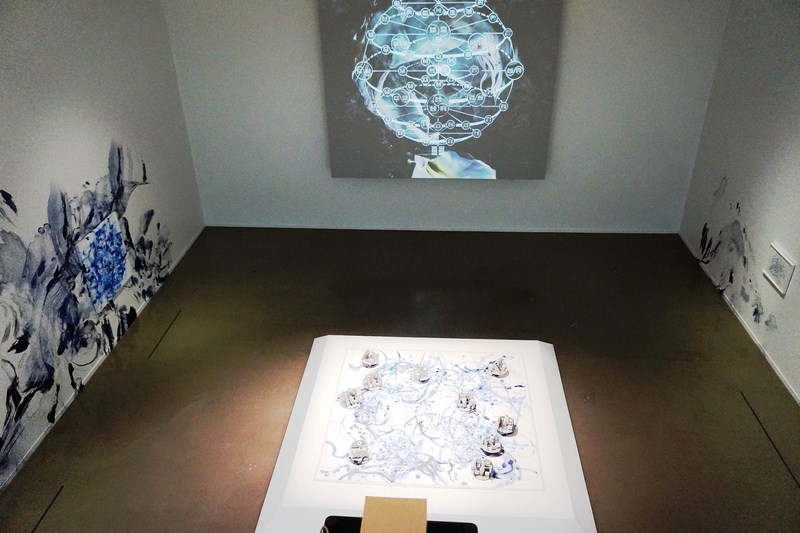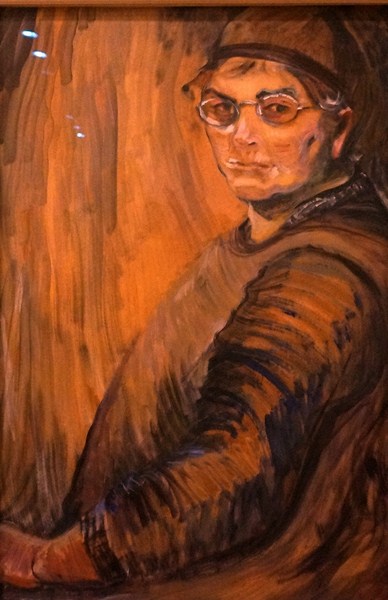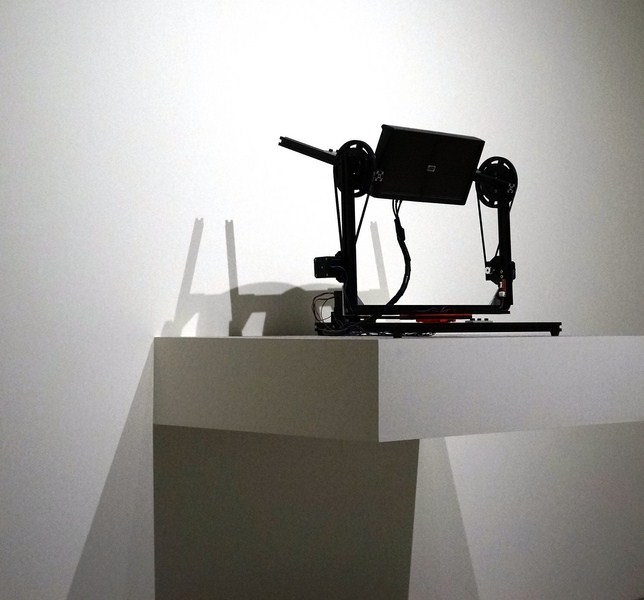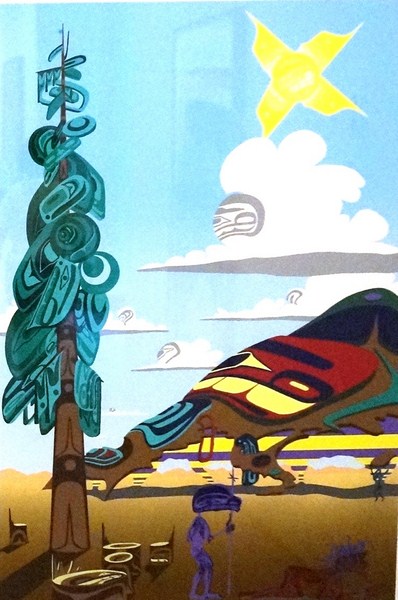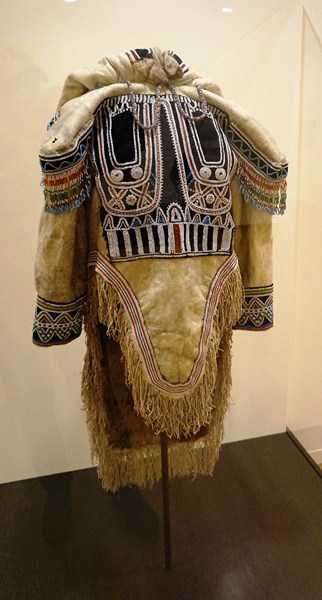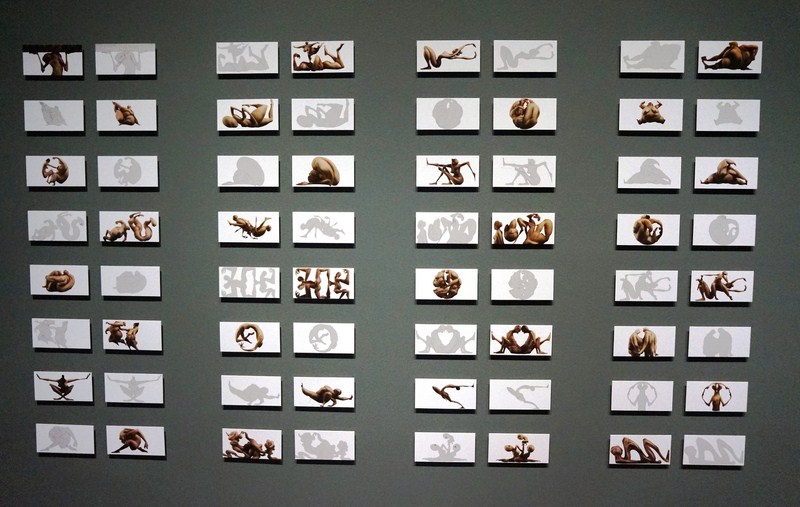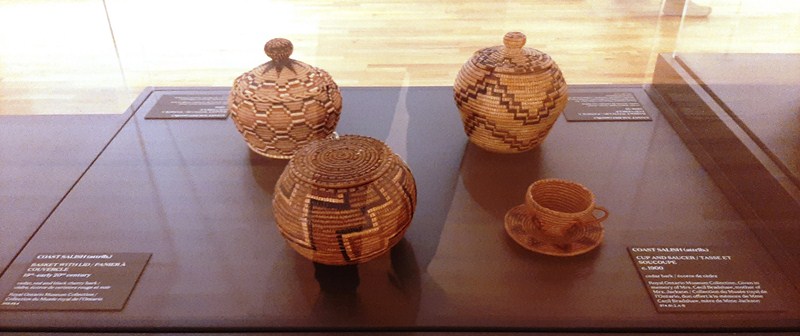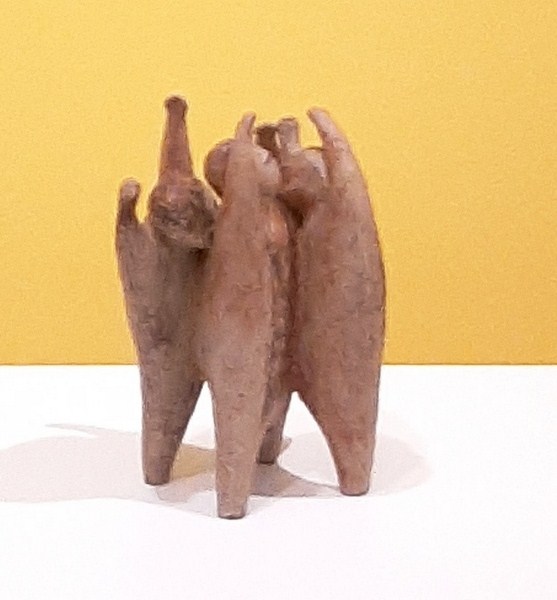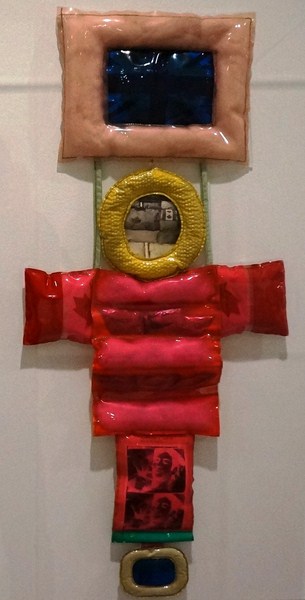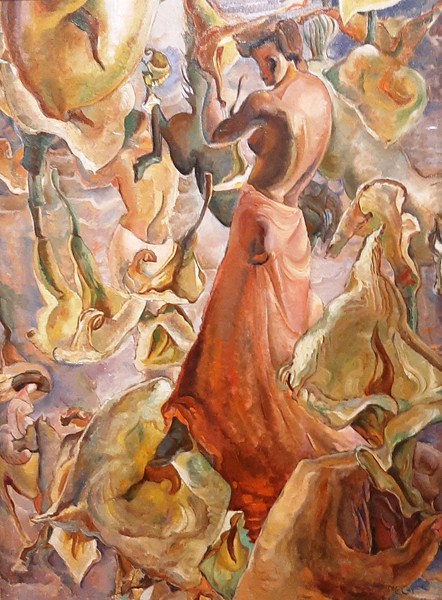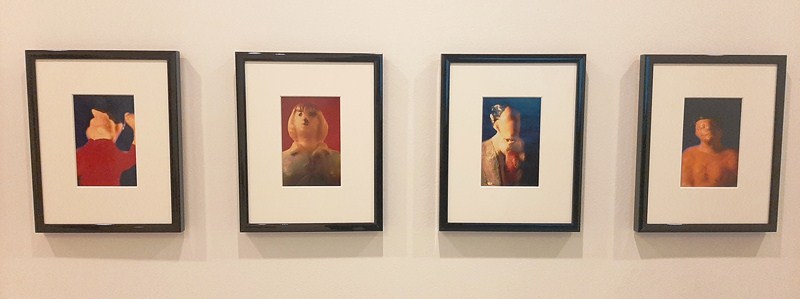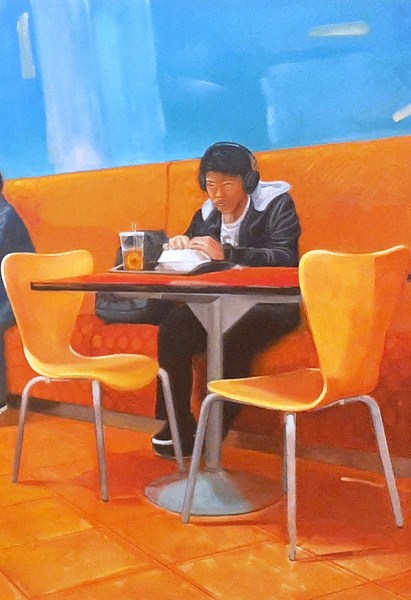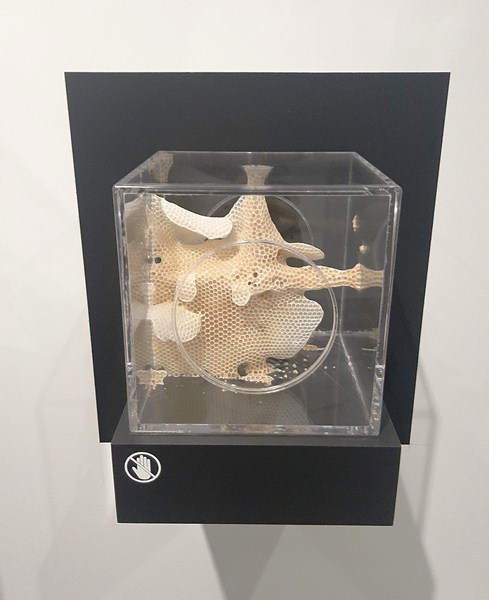Victory Square, bordered by West Hastings Street to the northeast, West Pender Street to the southwest, Cambie Street to the southeast, and Hamilton Street to the northwest, stands at the intersection of the old Granville town site (AKA Gastown) and the CPR Town site, which was the downtown-designated land grant obtained by the Canadian Pacific Railway (CPR) as part of the deal to locate the terminus and thereby found the city (the corner of Hastings and Hamilton is the northern tip of the CPR Townsite).
Check out “Gastown”
The site of the Cenotaph is significant. In 1914, because of the strong royalist sentiment in the city, it was at tables at the foot of the old courthouse steps where enlistees signed up for the First World War. The maple trees on the Pender Street side of the park are the oldest street trees in the city, planted in 1897.
It was, at one time, the grounds of the city’s provincial courthouse, which was torn down in 1911–13 when the new Francis Rattenbury-designed courthouse along Georgia Street was opened (now the Vancouver Art Gallery). The term is also used to refer to the neighborhood immediately surrounding the square.
Check out “Vancouver Art Gallery”
Here’s the historical timeline of the square:
- On February 13, 1886, an area of 3,600 sq. m. (0.9acres) out of the1.9 sq. km. (480 acres) allotted to the CPR was held aside as “Government Square.” The southwest corner of Hamilton and Hastings Streets is where L. A. Hamilton drove the first survey stake to commence laying out the street system for the city.
- On 27 April 1924, the Victory Square Cenotaph was unveiled by His Worship William Reid Owen (Mayor of Vancouver), in the presence of an assemblage of 25,000 persons; naval, military and civilian, and including the Old Contemptibles, 7th British Columbia, 29th Vancouver (its chaplain, Major Cecil C. Owen M.B.E., V.D., D.D., dedicated the cenotaph), 72nd Seaforths, 2nd Canadian Mounted Rifles, 47th New Westminster, and 102nd North British Columbian Battalions, CEF, and others.
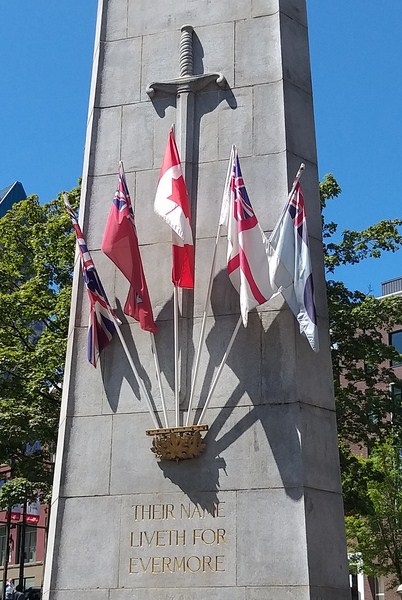
Pillar at Hastings Street side is decorated with a long sword and is engraved with the inscription “Their name liveth forevermore”and is kept continuously banked high with wreaths of flowers and adorned with national flags
The approximately 9.1 m. (30 ft.) tall, triangular (its shape conforms to that of the square) Victory Square Cenotaph , the Vancouver war memorial, was designed thus by Maj. G.L. Thornton Sharp (architect, town planner and park commissioner). The 24-man (12 represented the Canadian Club of Vancouver and 12 the Civic War Memorial Committee) Vancouver War Memorial Committee, under the chairmanship of pioneer F.W. Rounsefell, Esq. (with J.R.V. Dunlop, of the Canadian Club, as honorary secretary), were the public-spirited sponsors.
The word “cenotaph” (an empty tomb in memory of one buried elsewhere) is derived from the Greek word kenos (meaning “empty”) and taphos (meaning “tomb”). The focus of the city’s annual Remembrance Day services, the Cenotaph lies at the foot of a gentle slope on the northern side of the square, on a plaza flanking Hastings Street. It is so placed that, when approached from the east, it appears in the distance centrally at the end of busy Hastings Street.
Made with gray Nelson Island granite (supplied by the Vancouver Granite Co., Ltd.), cost $10,666 and was erected by contractors Stewart who died from the effects of an accident whilst preparing the memorial) and Wylie. The pillar is engraved with suitable inscriptions and is kept continuously banked high with wreaths of flowers and adorned with national flags.
The stone ornamentations include one long sword and two wreaths (one of laurels, the other of poppies), both entwined with maple leaves. The three corner buttresses are adorned by a stone replica of the steel helmet, as used in the war of 1914–1918. The numerals “1914–1918,” at the base of the front, surrounds a larger wreath of laurels.
A receptacle of three bronze maple leaves has slots that hold the staffs of the Union Jack, the Canadian Red Ensign, the Flag of Canada, the White Ensign, and RCAF Ensign, always flying, which are placed there by the Royal Canadian Legion and the Royal Commonwealth Ex-Services League, and renewed four times each year.
One monument side faces busy Hastings Street (engraved inscription: “Their name liveth for evermore” and, within a stone wreath, “1914–1918″), the others Pender (engraved inscription: “All ye that pass by”) and Hamilton Streets (engraved inscription: “Is it nothing to you“). It is so placed that, when approached from the east, it appears in the distance centrally at the end of Hastings Street.
Several historic buildings adjacent to Victory Square include the 13-storey, 53-m. (175 ft.) high, Second Empire-style Dominion Building (completed in 1910); the four-storey, Romanesque Revival-style Flack Block (or Copp Building, completed in 1900) and the 17 storey, 82 m. (269 ft.) high, Beaux-Arts-style Sun Tower (completed in 1912).
Victory Square: Vancouver, British Columbia, Canada.






